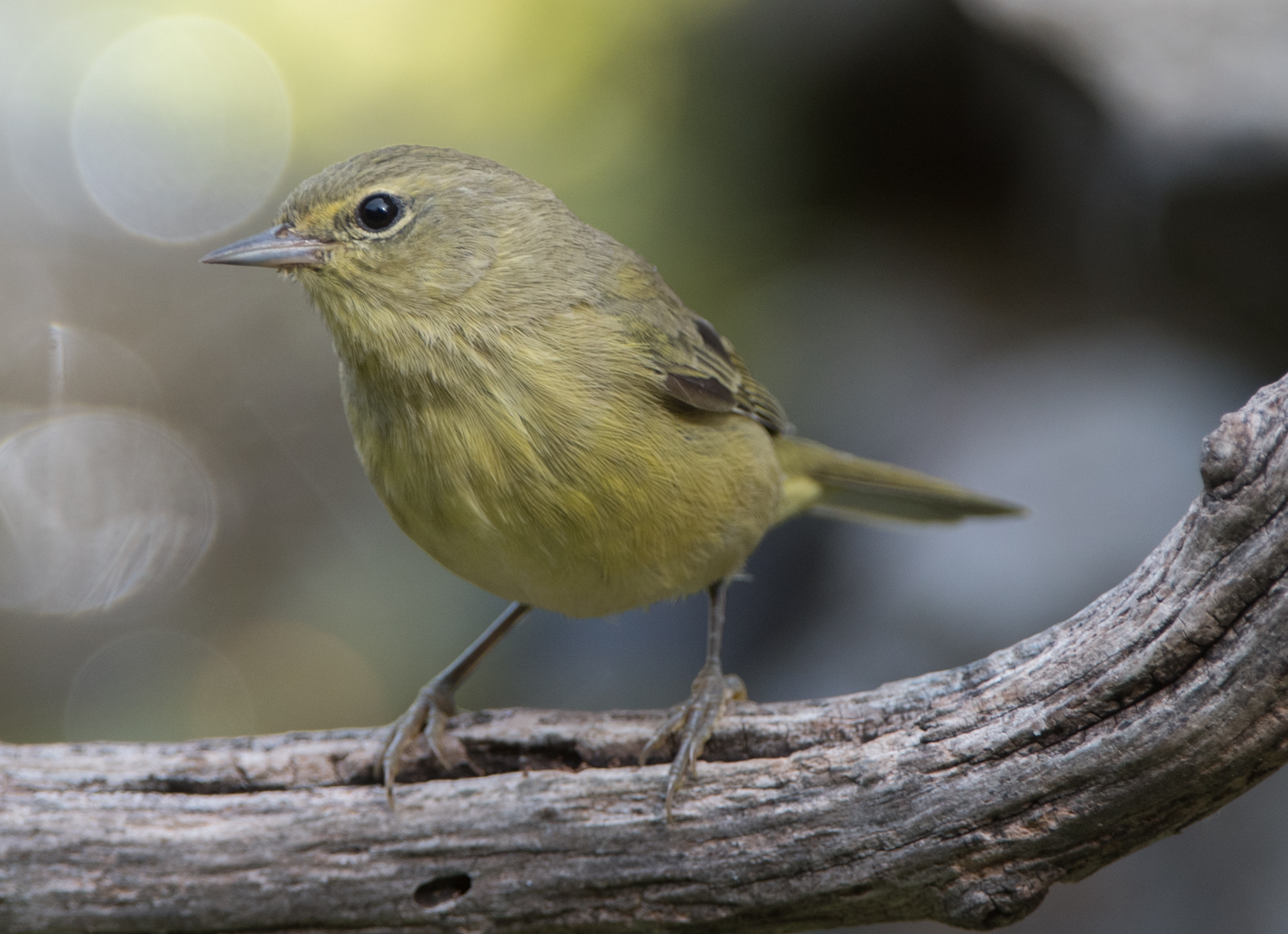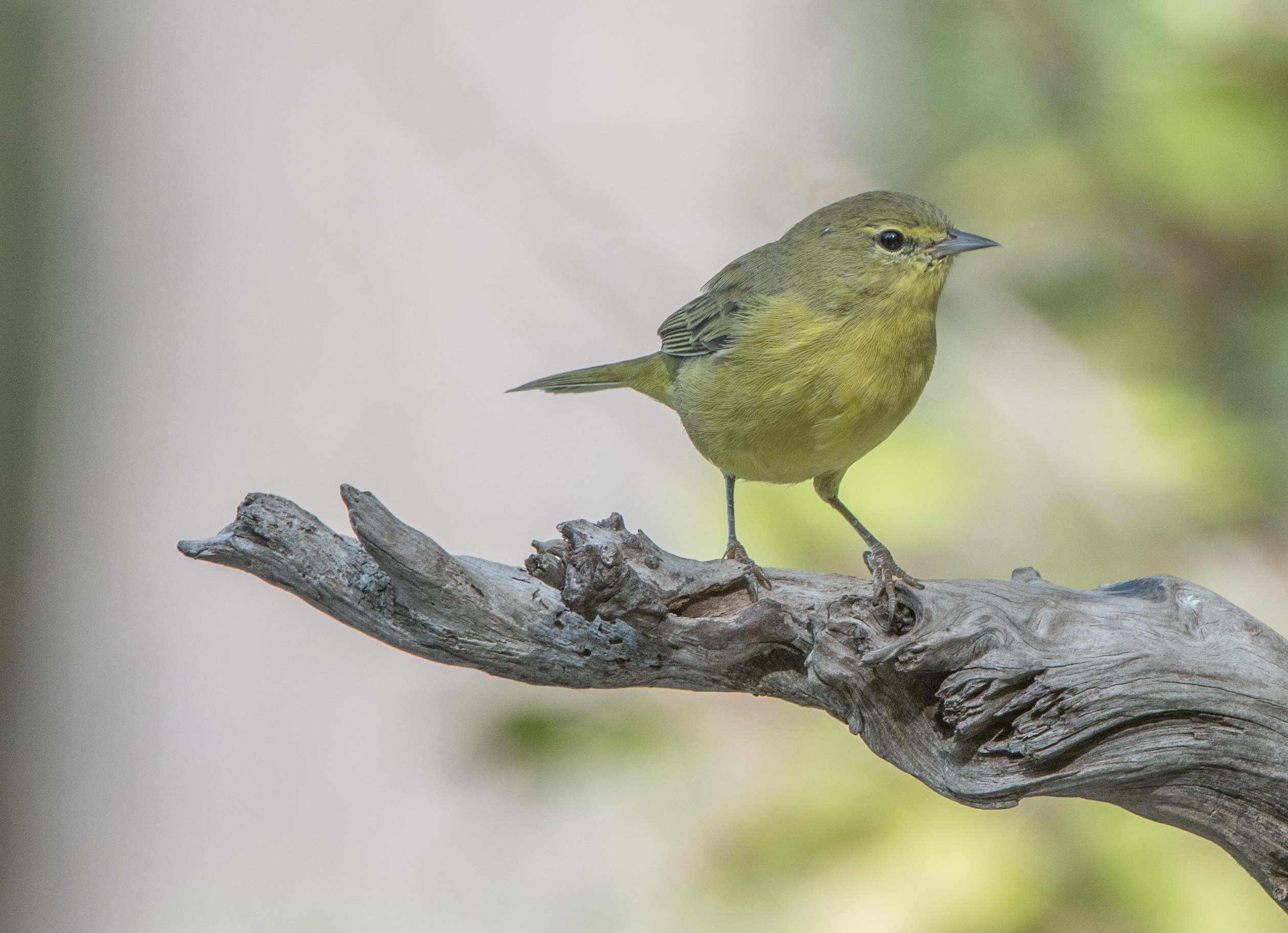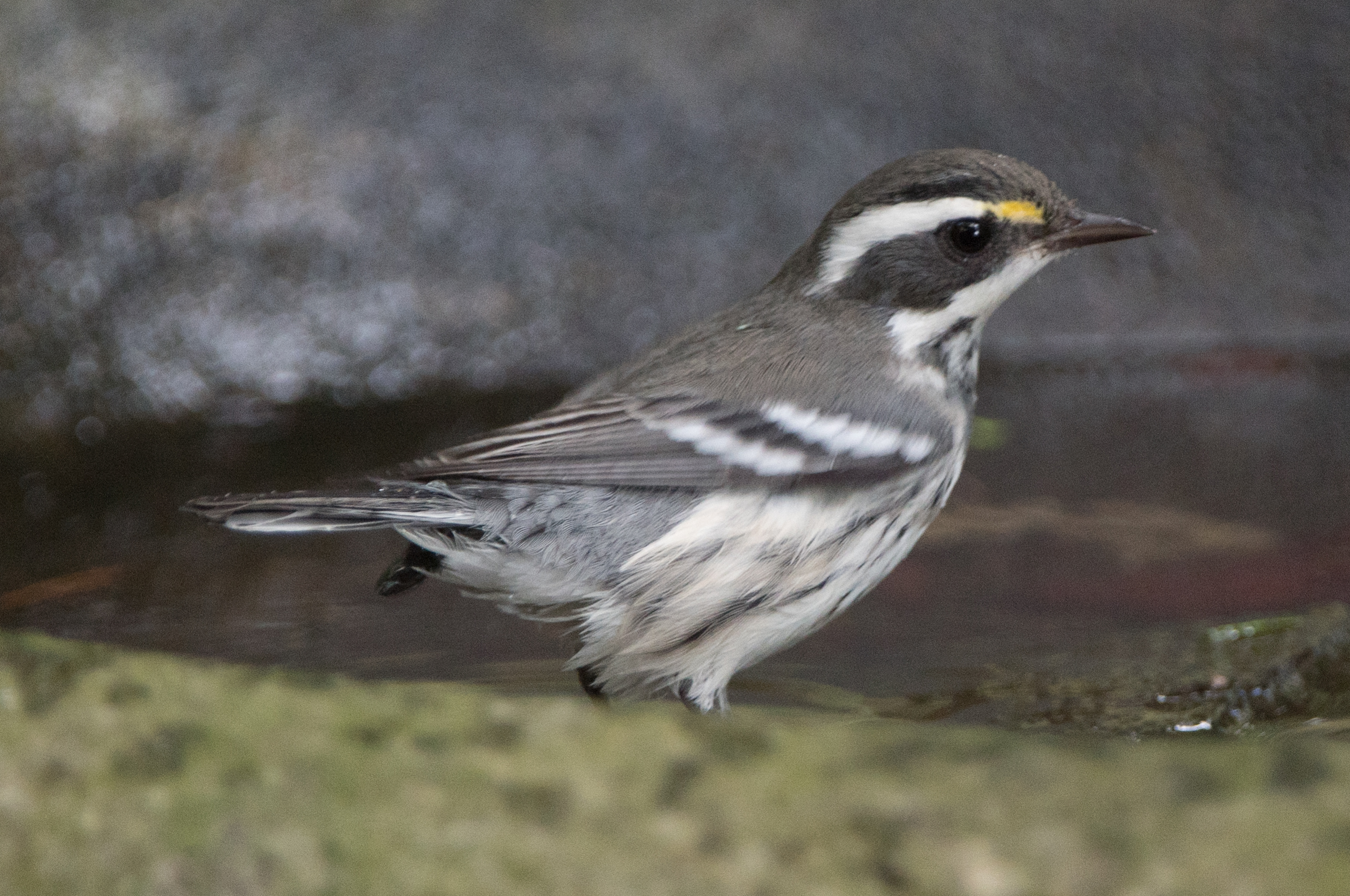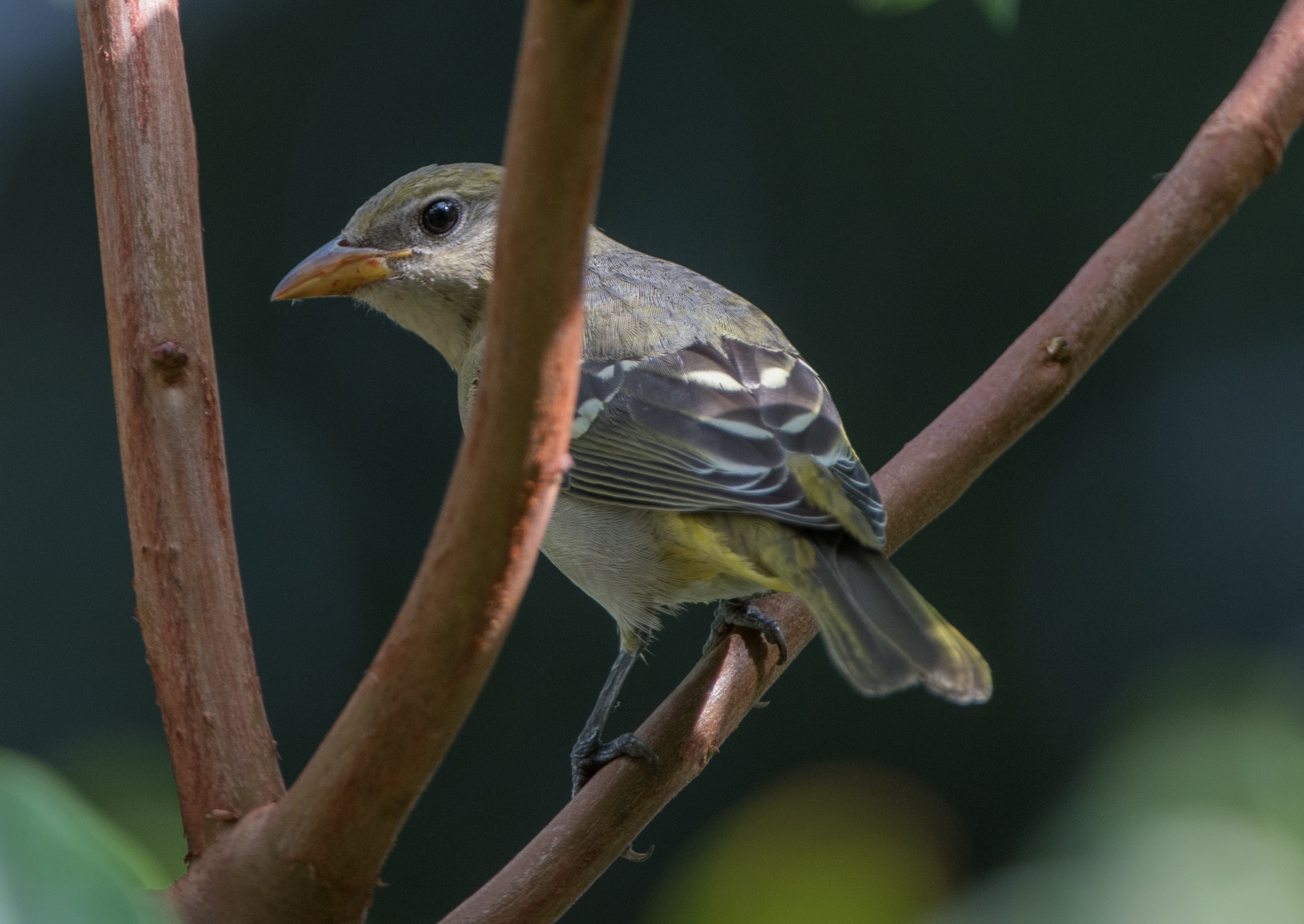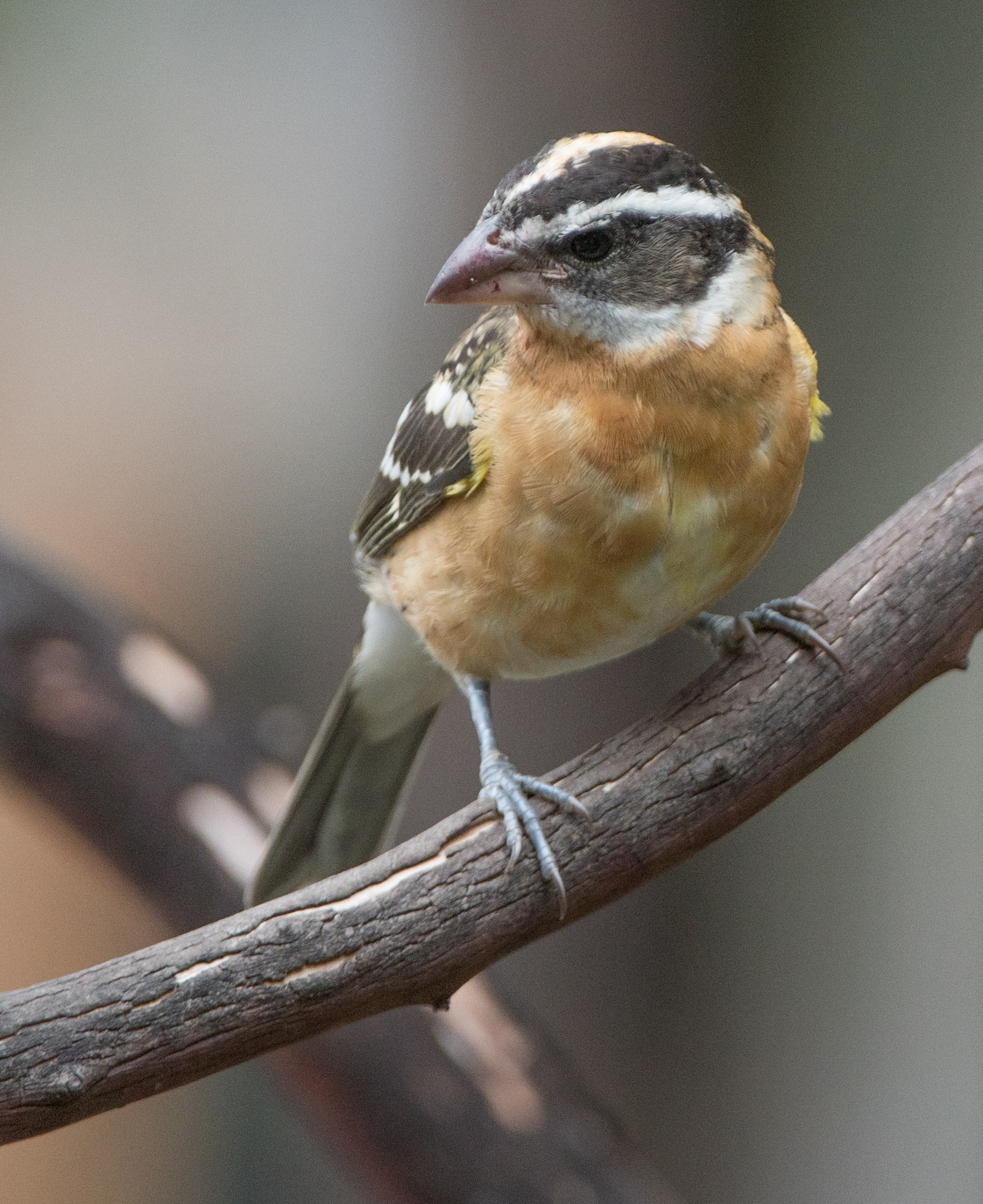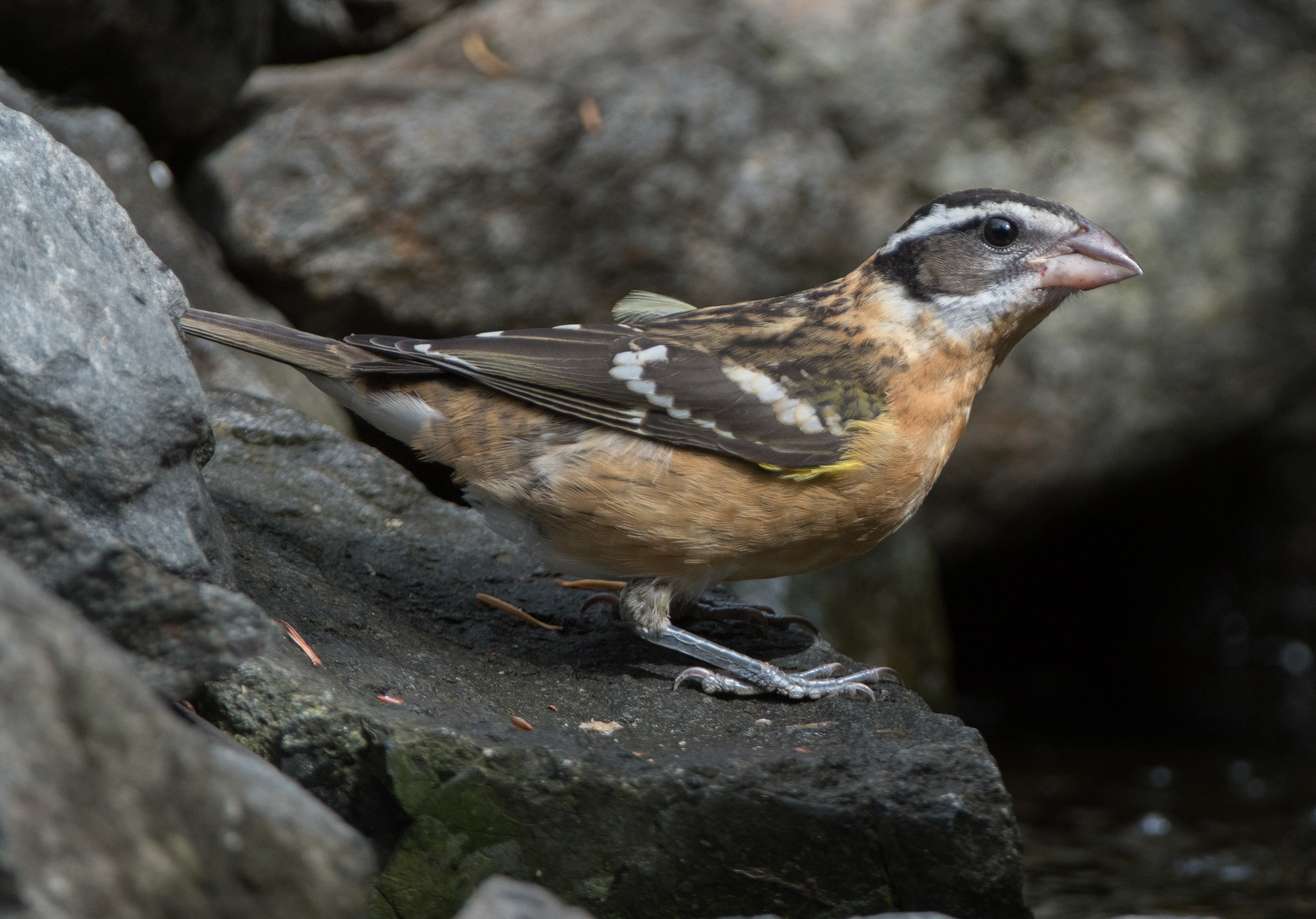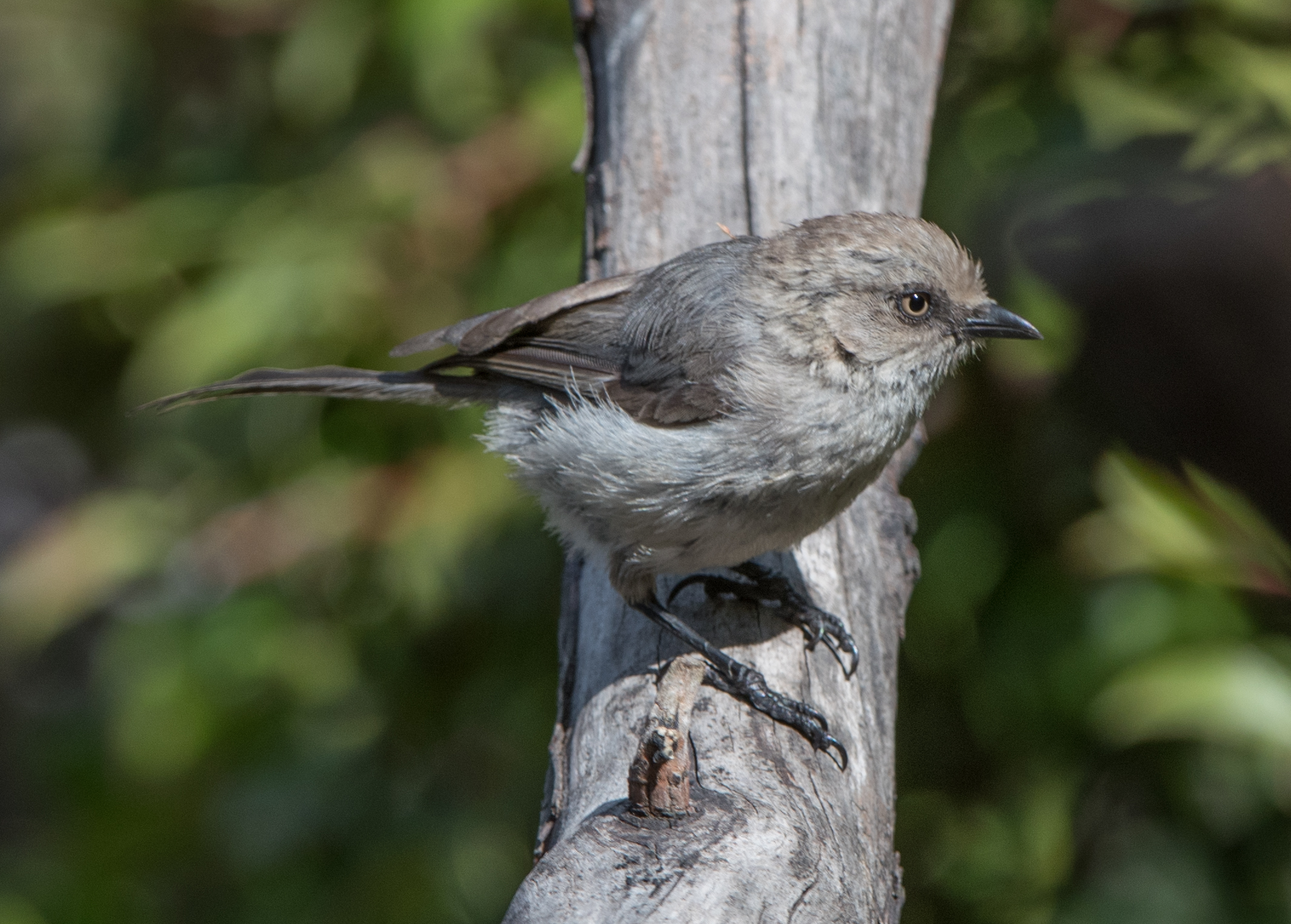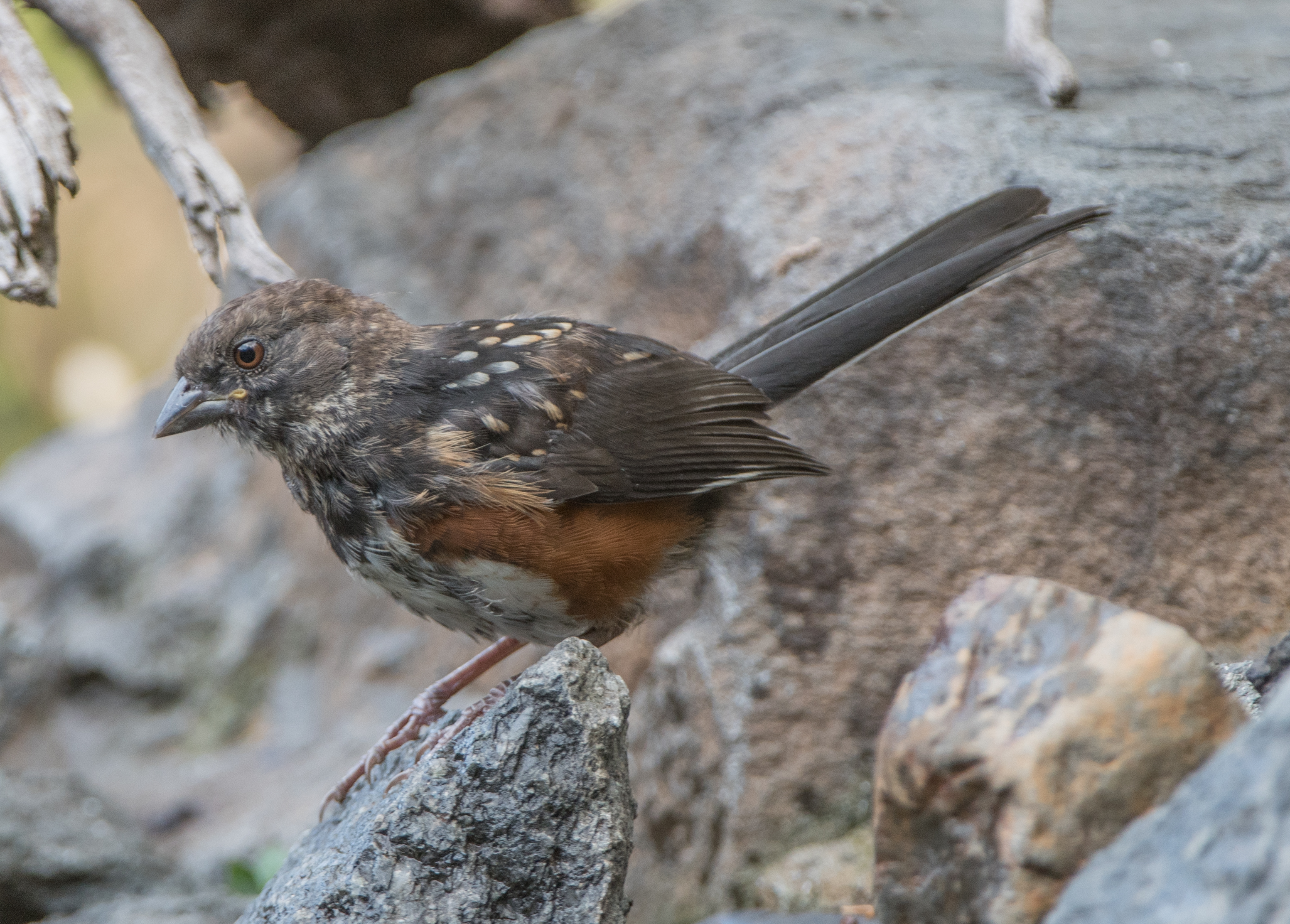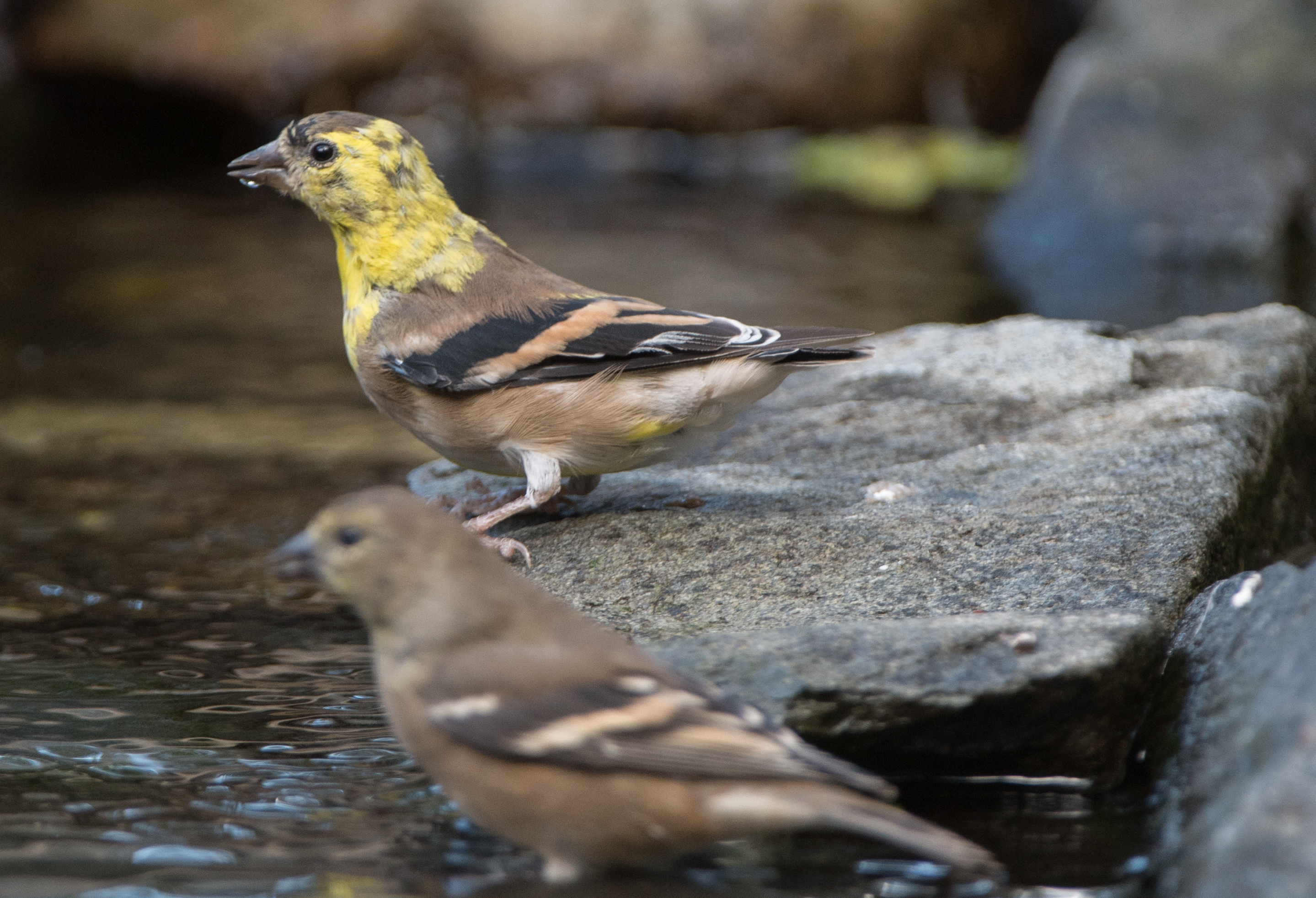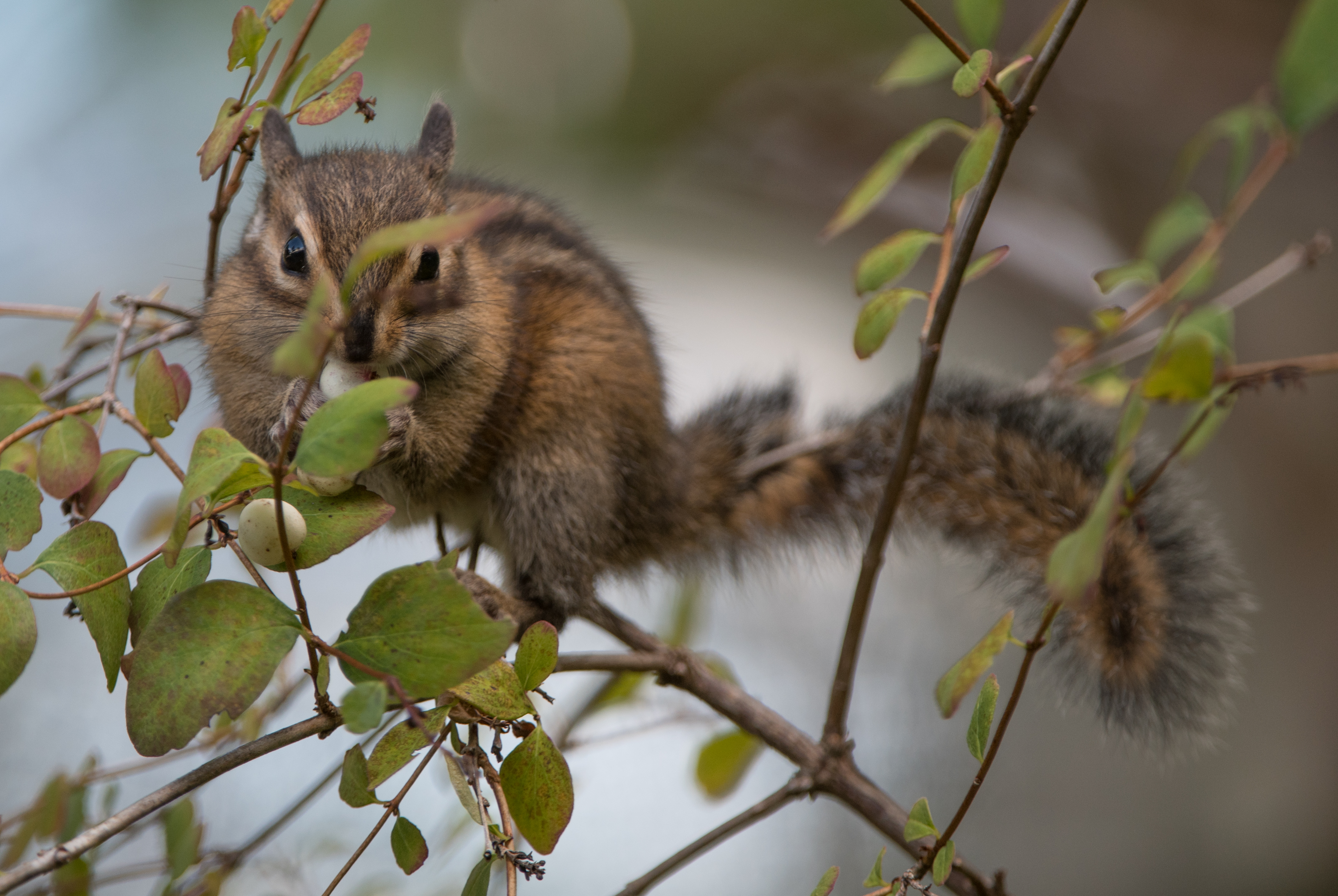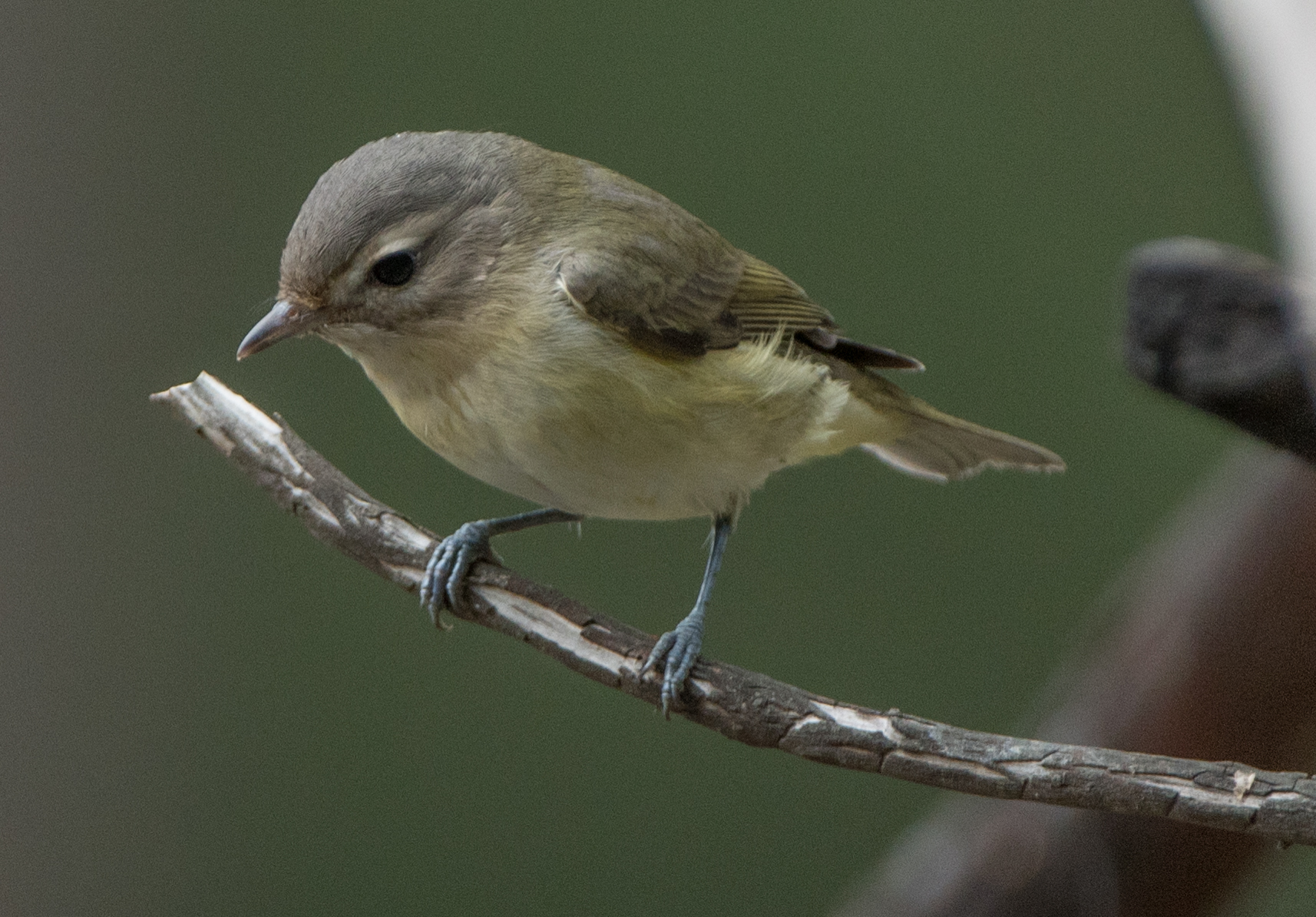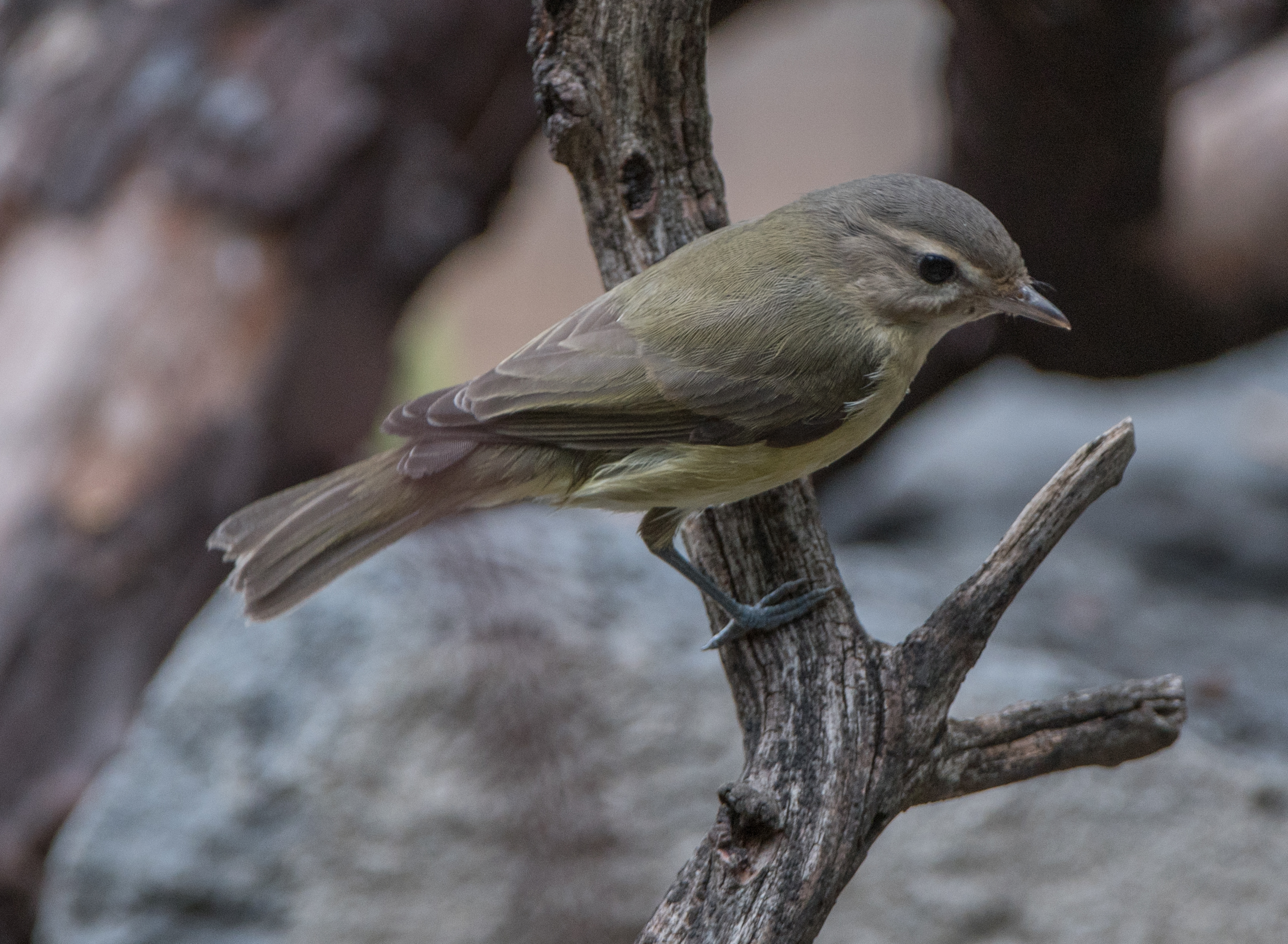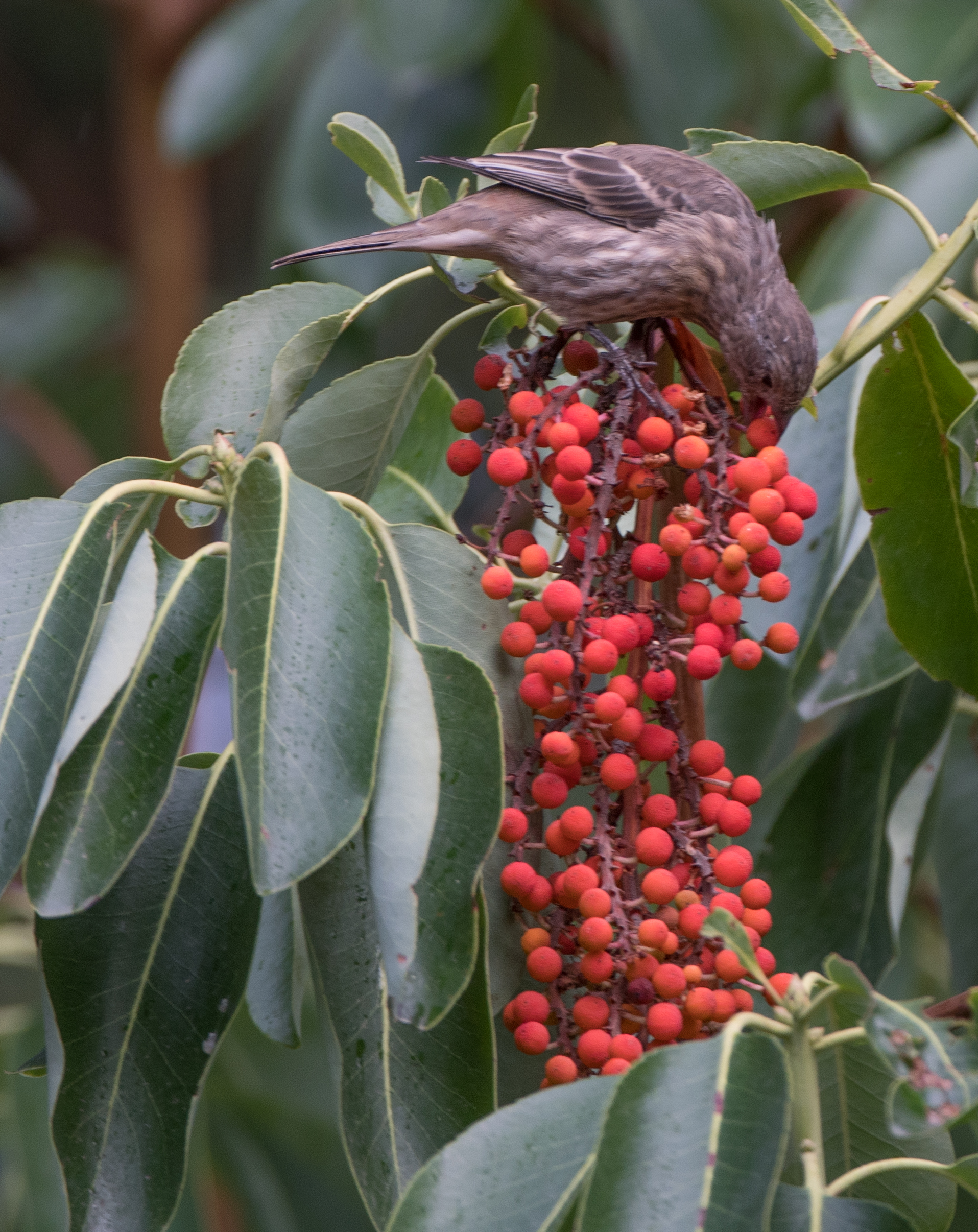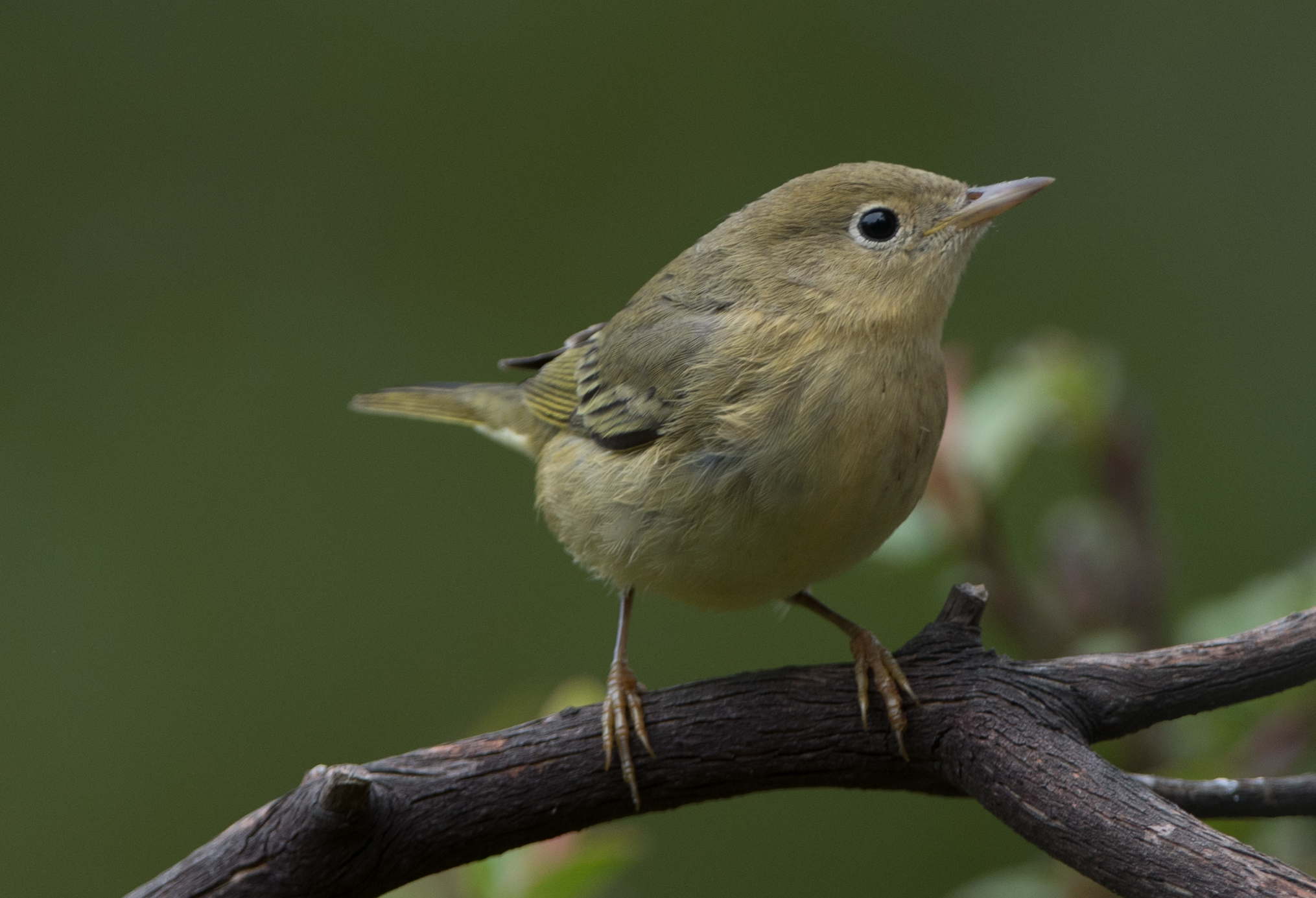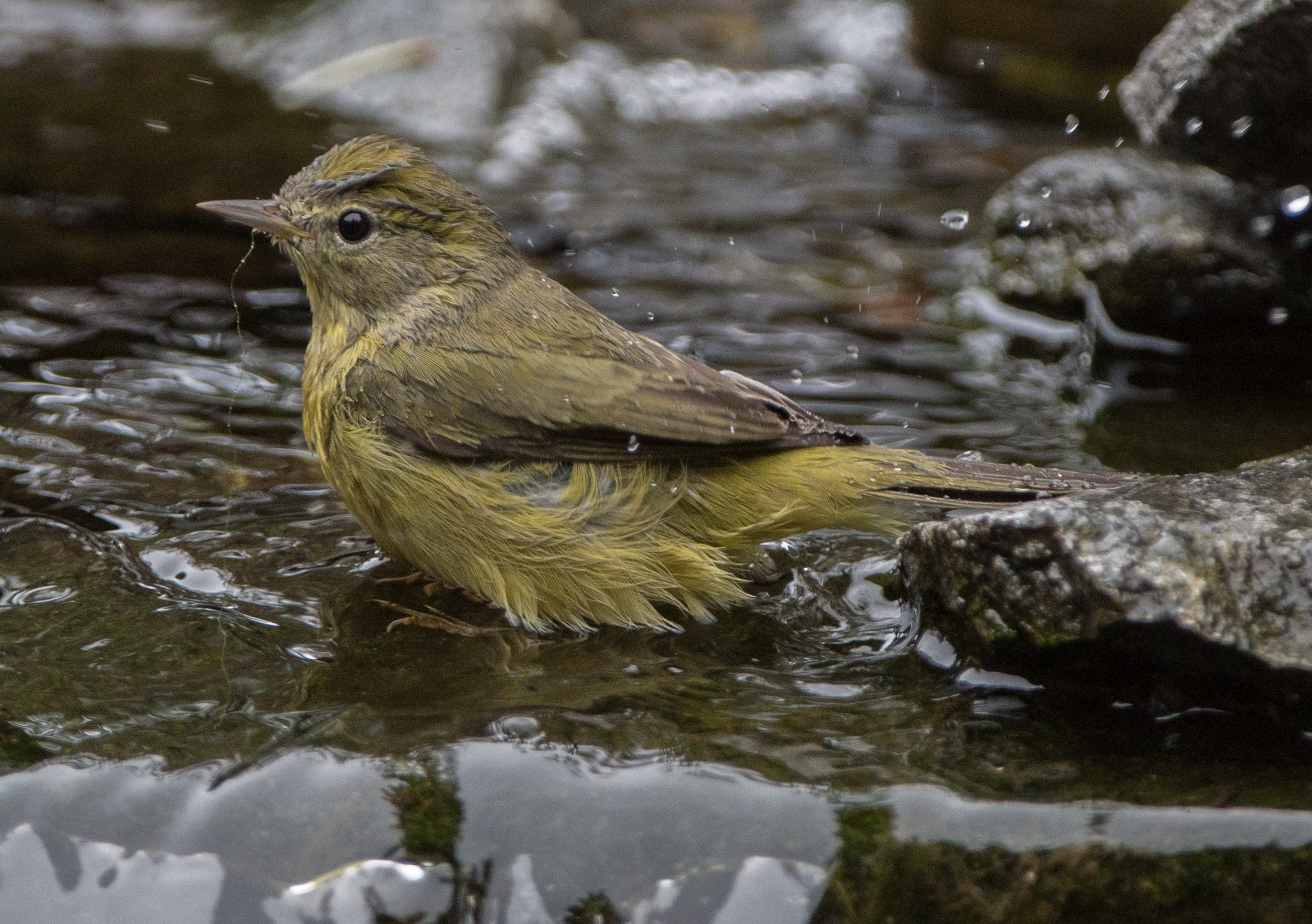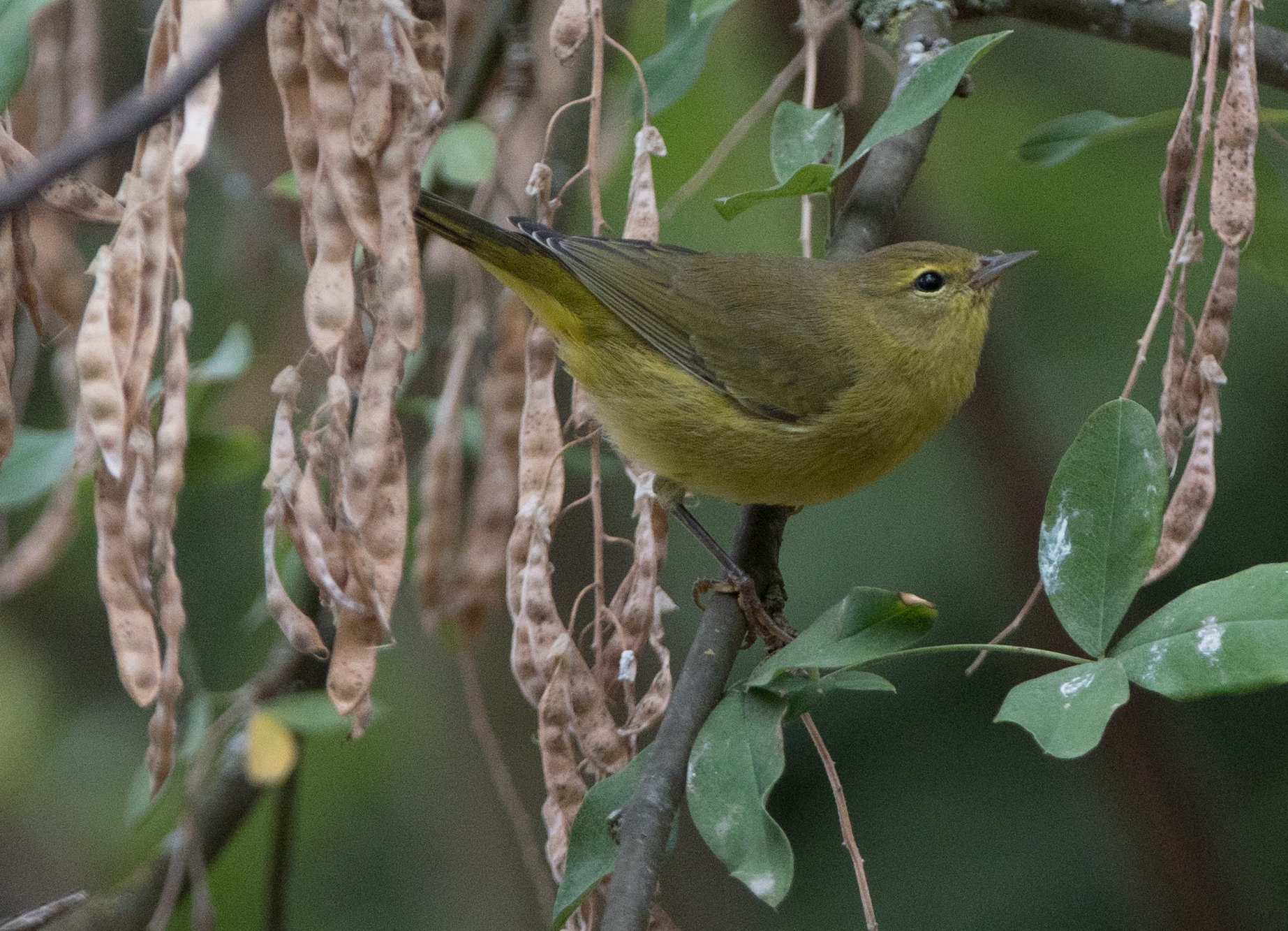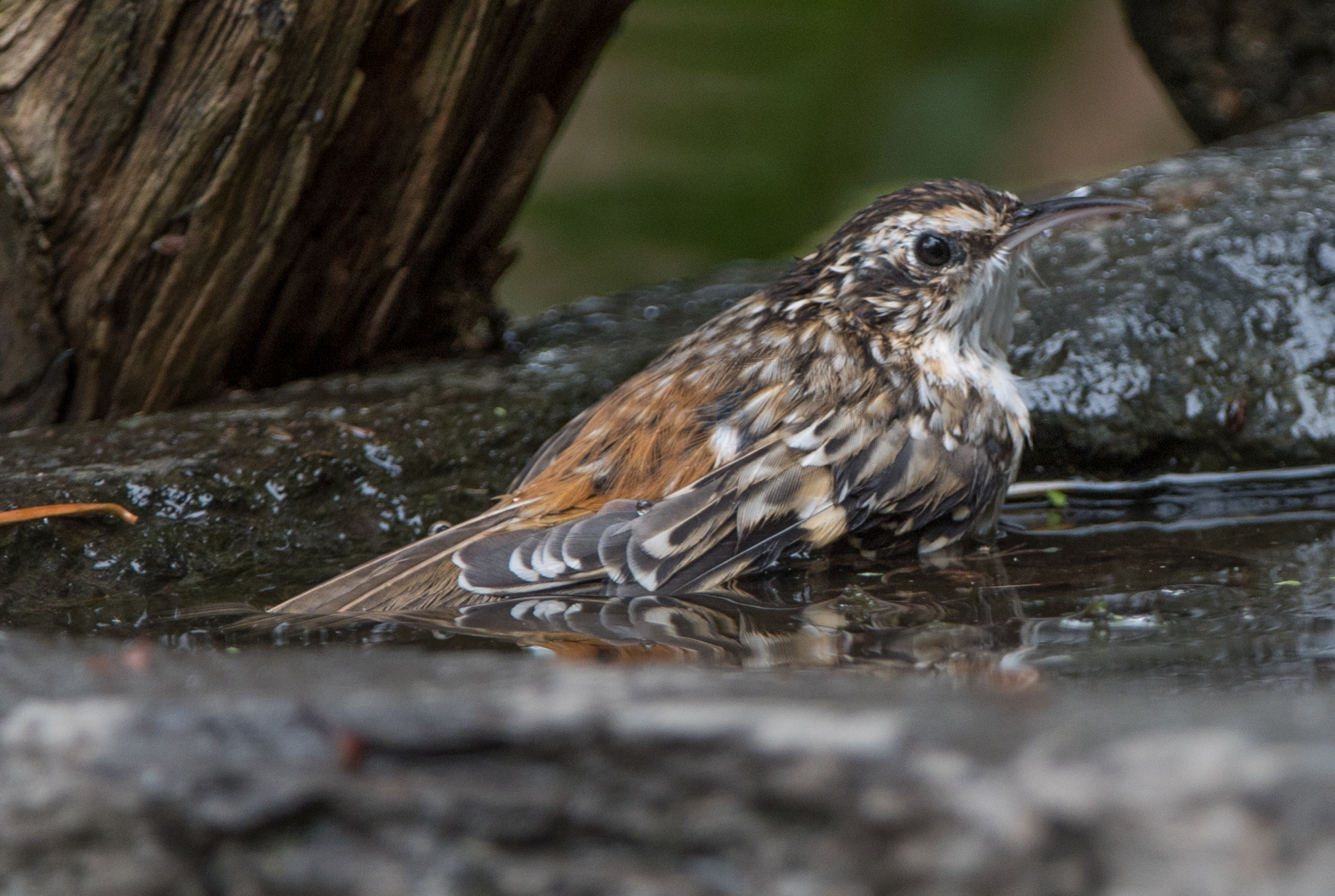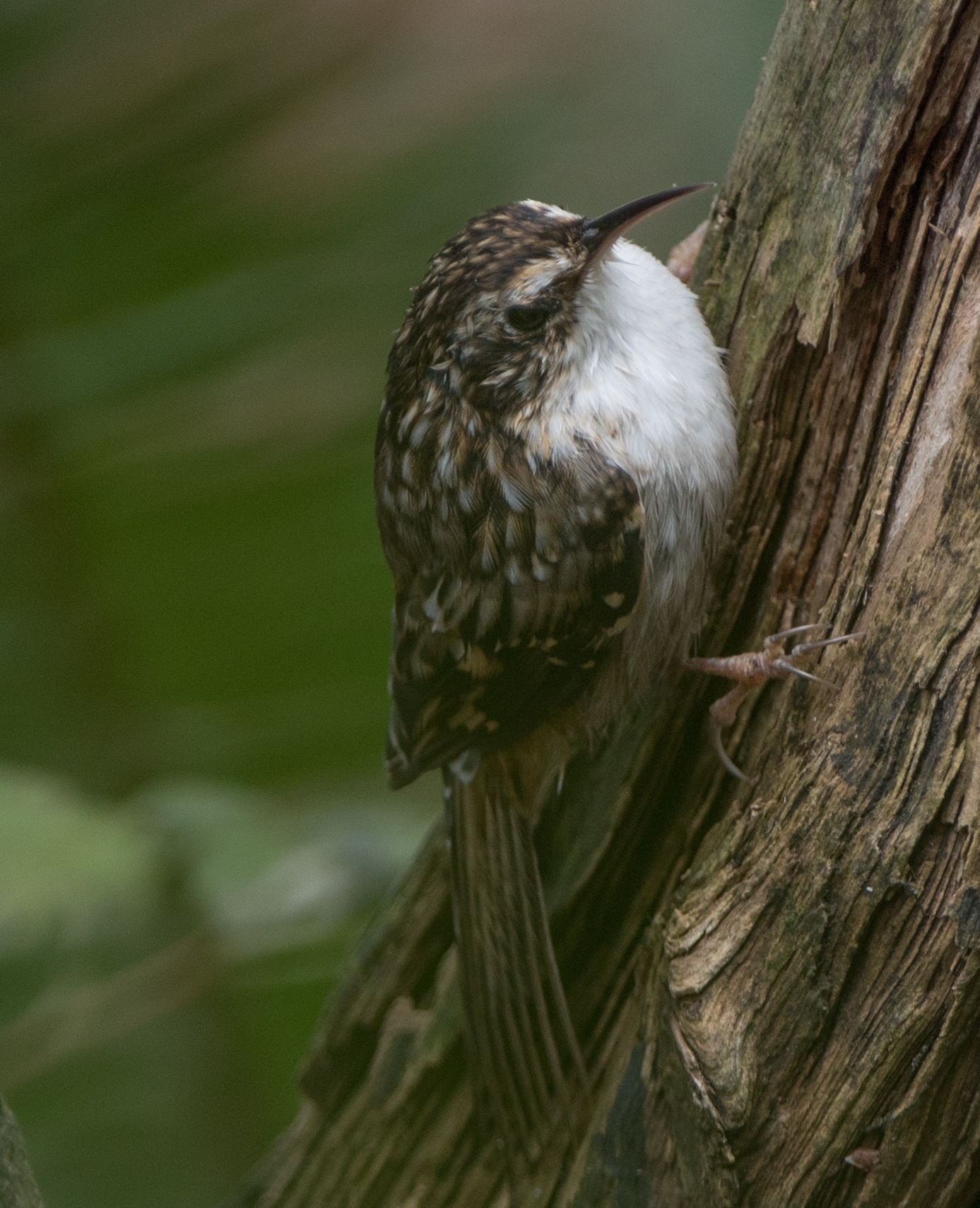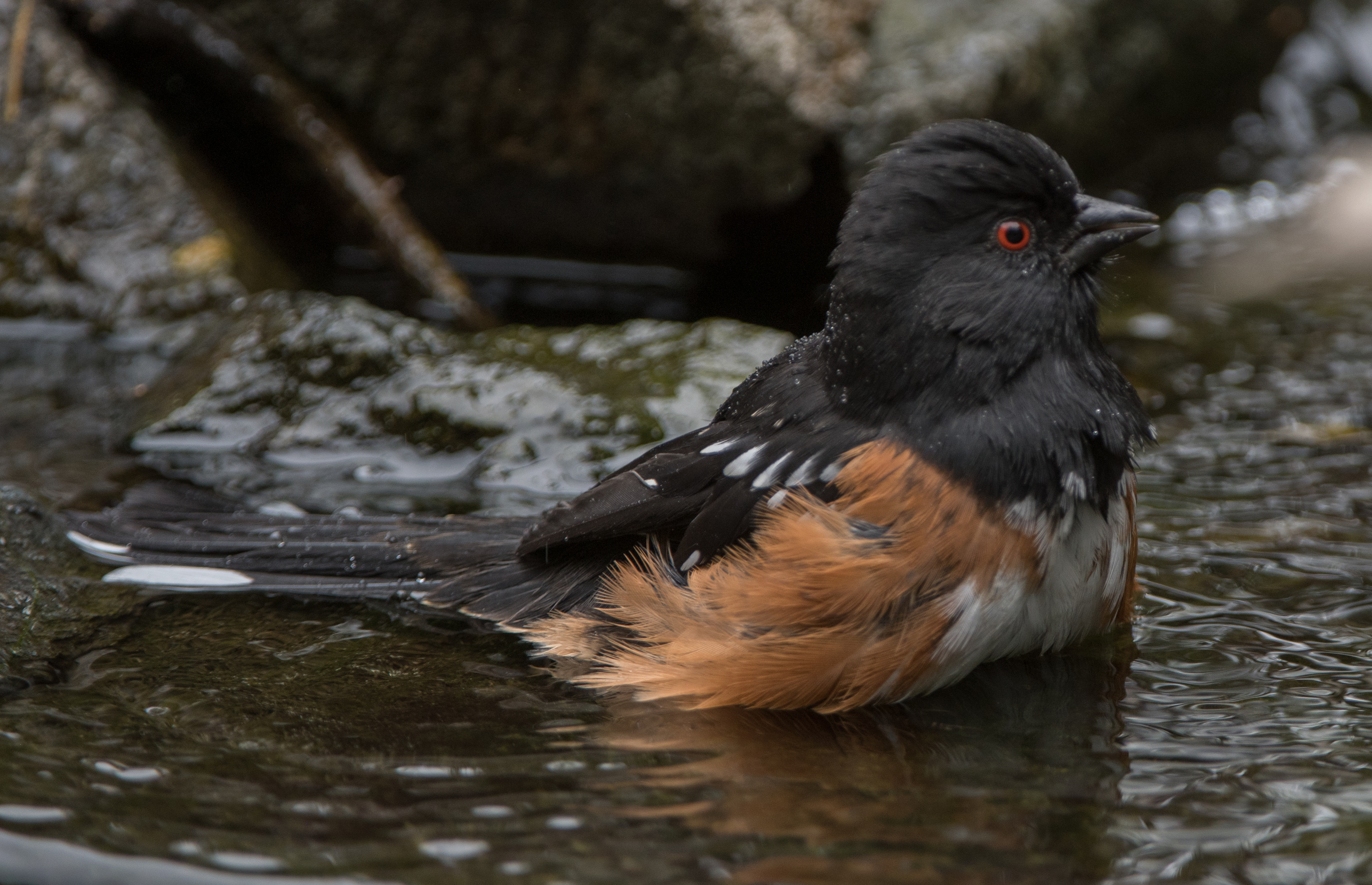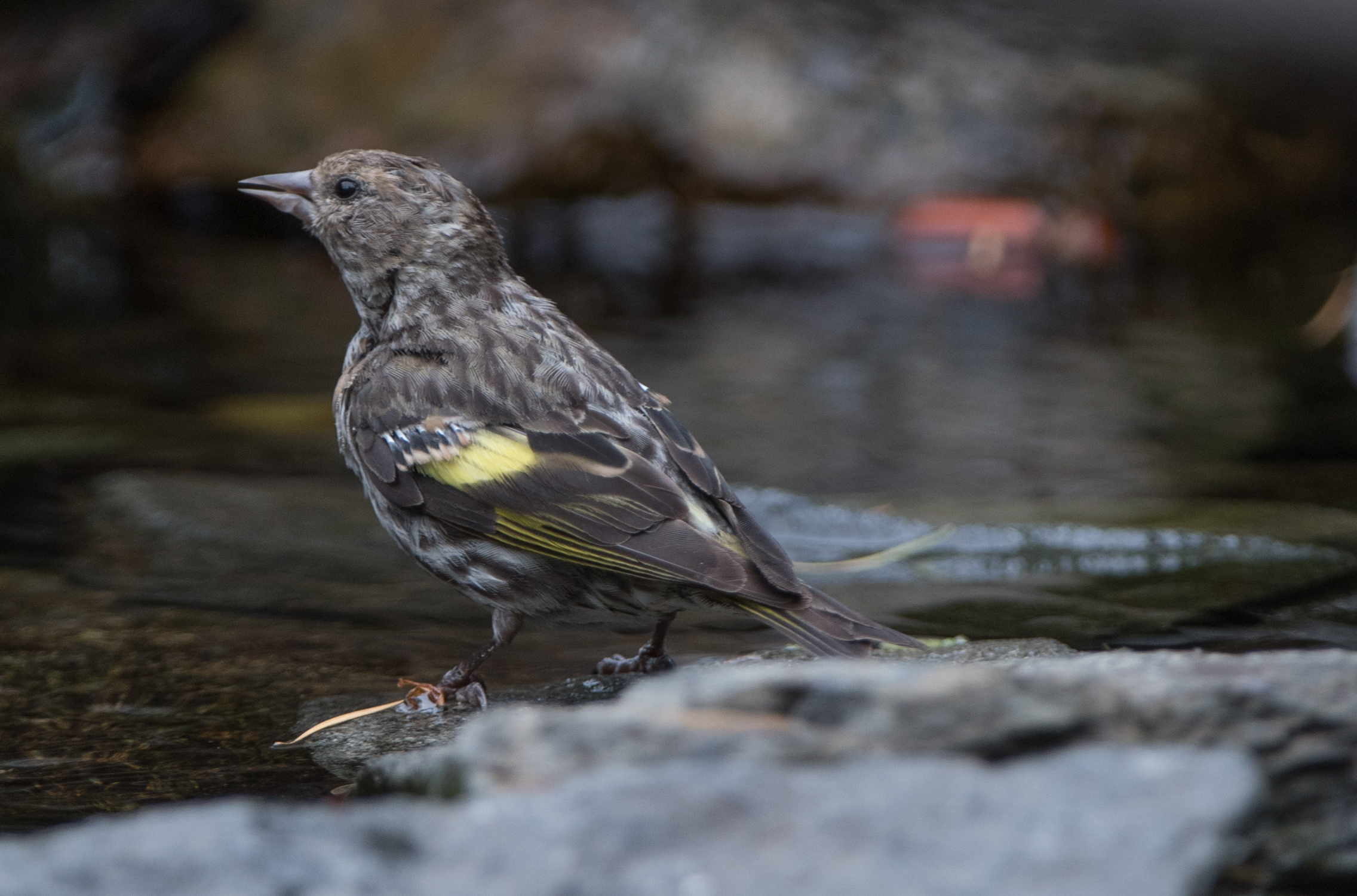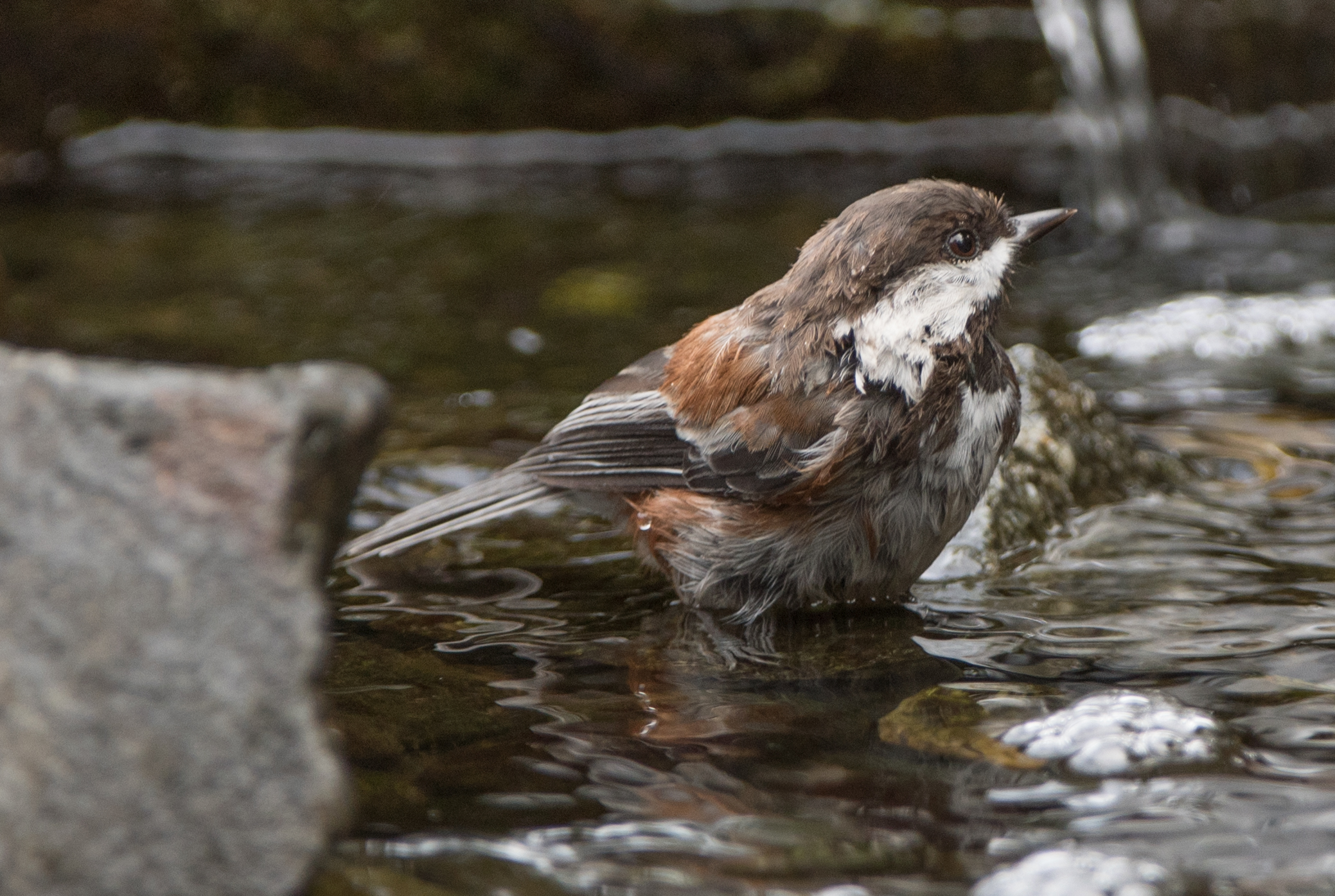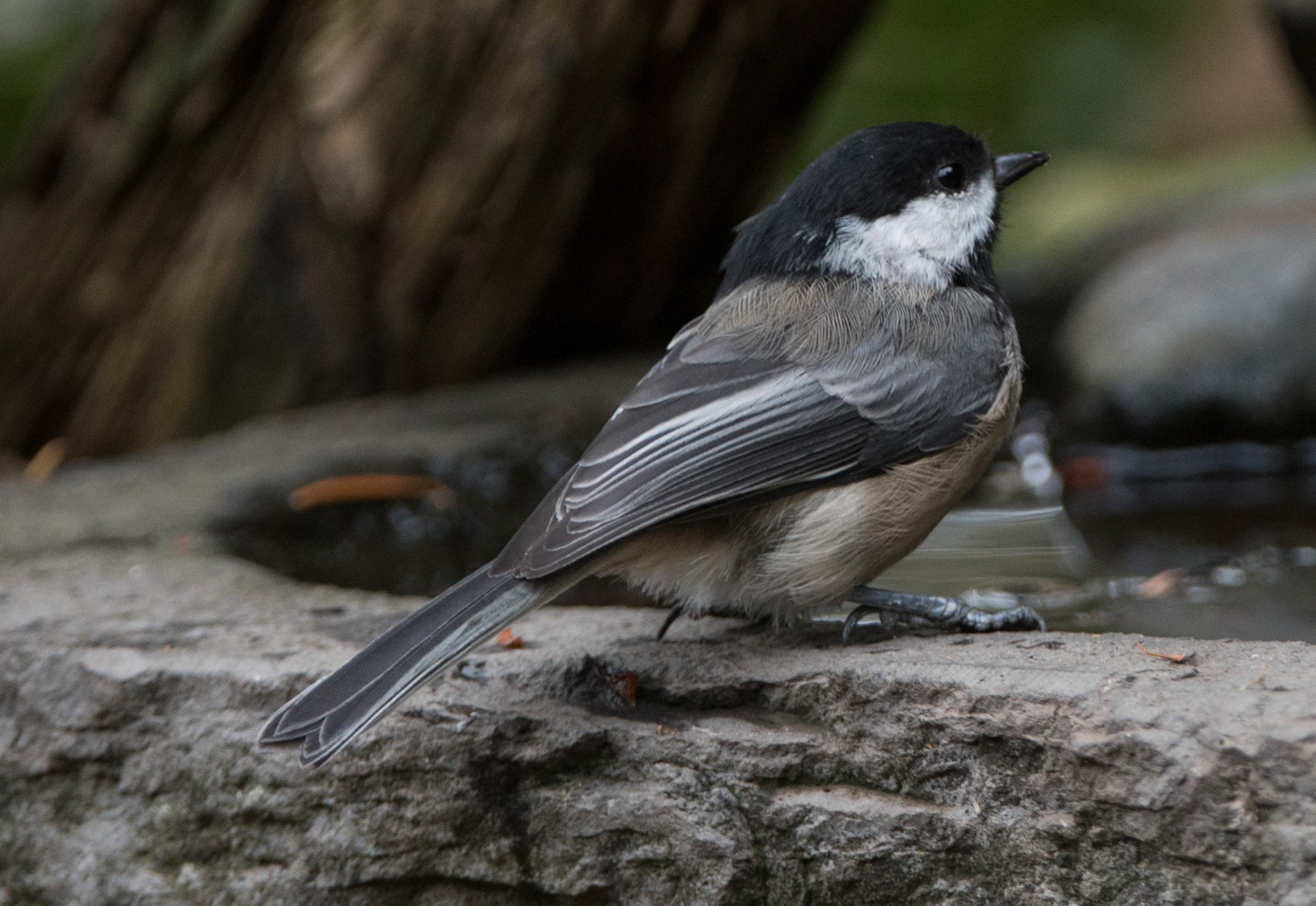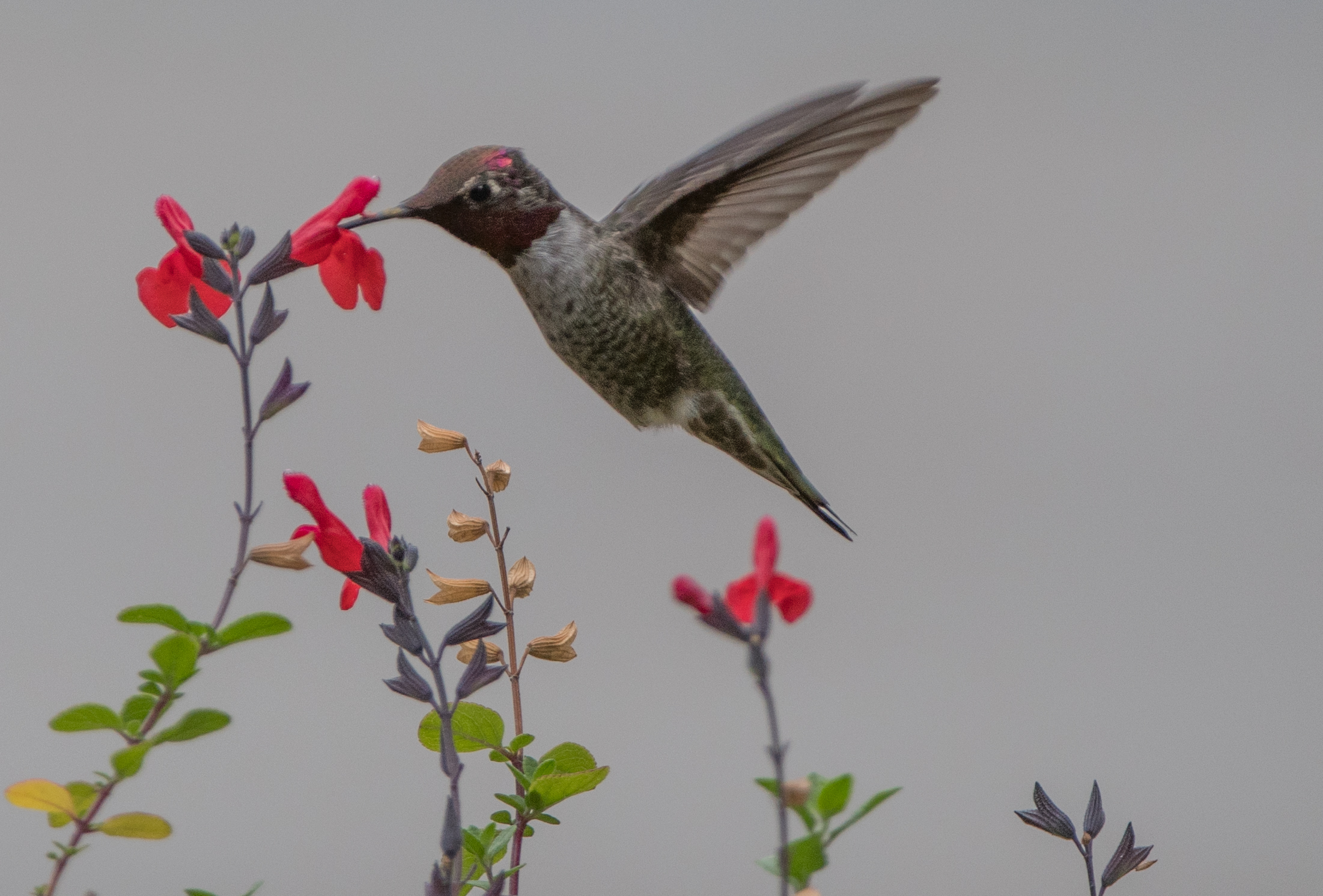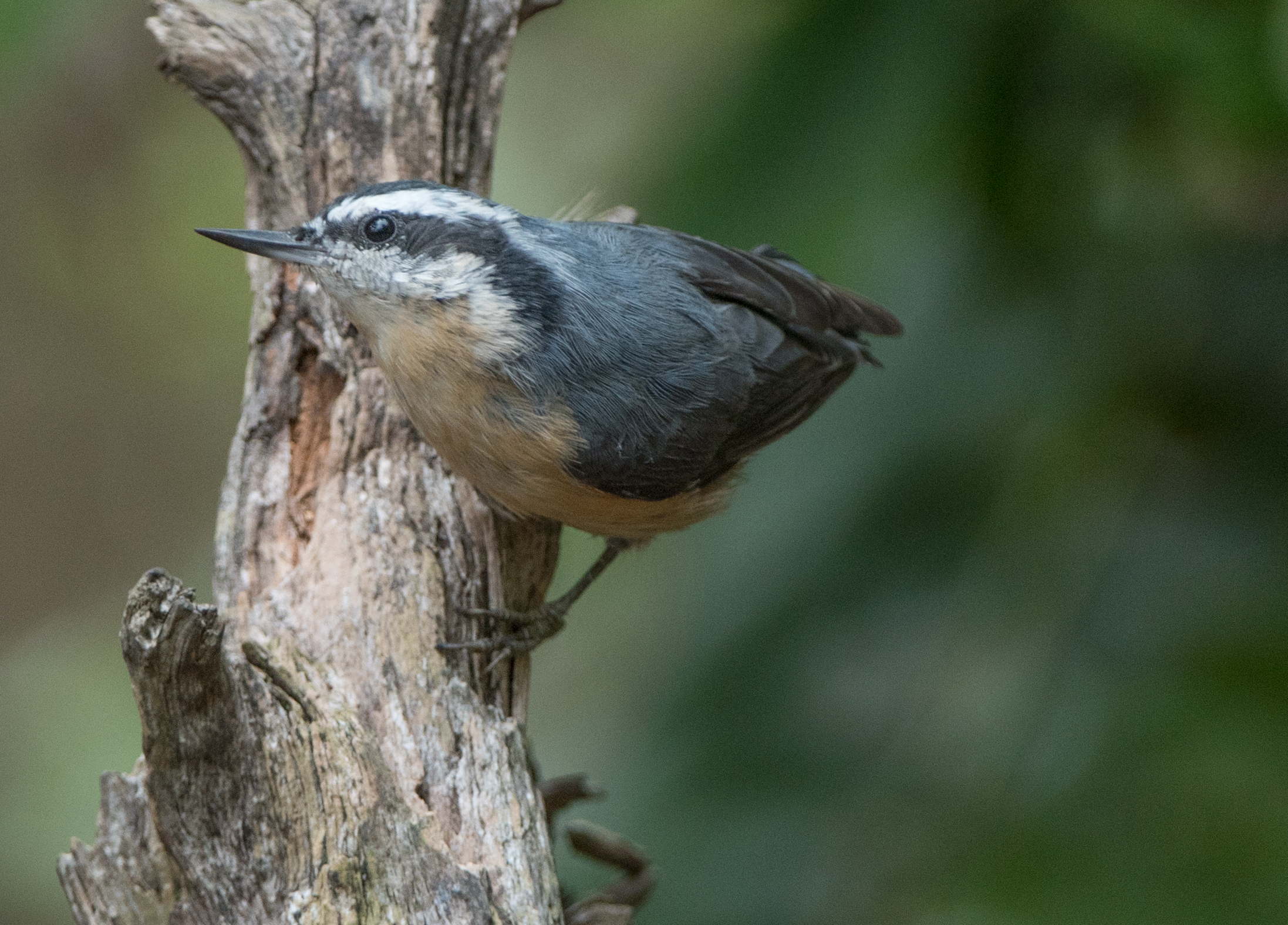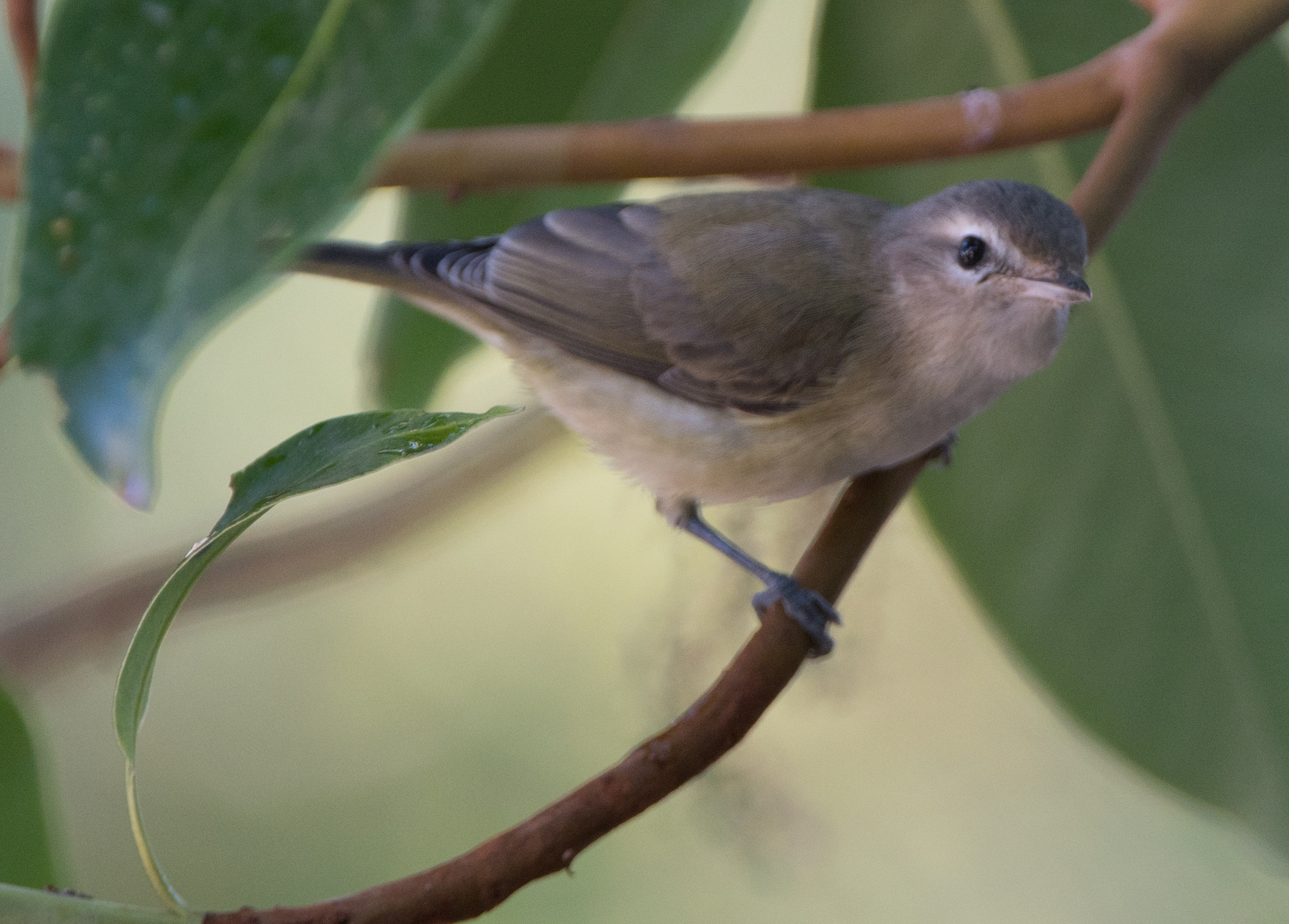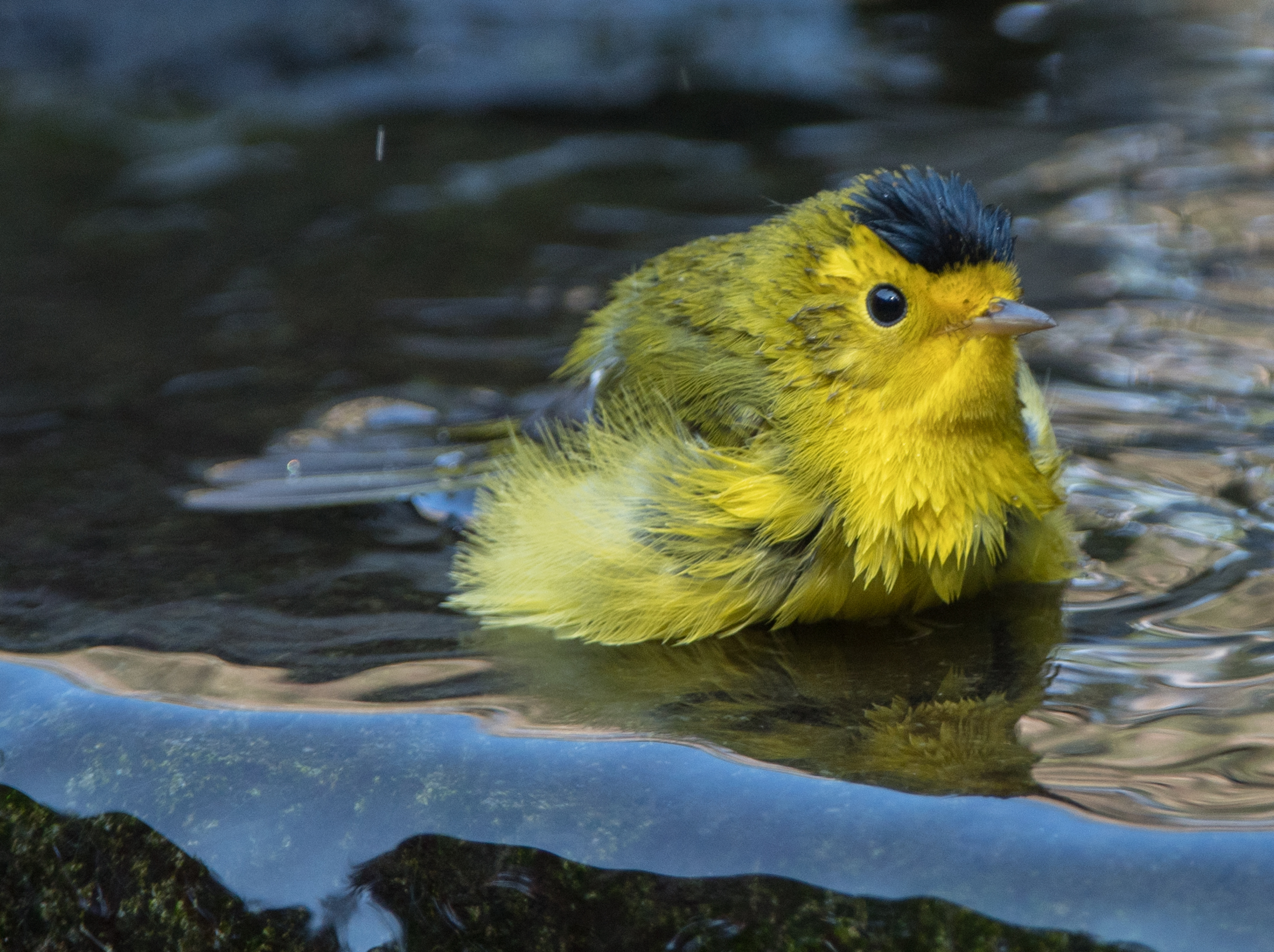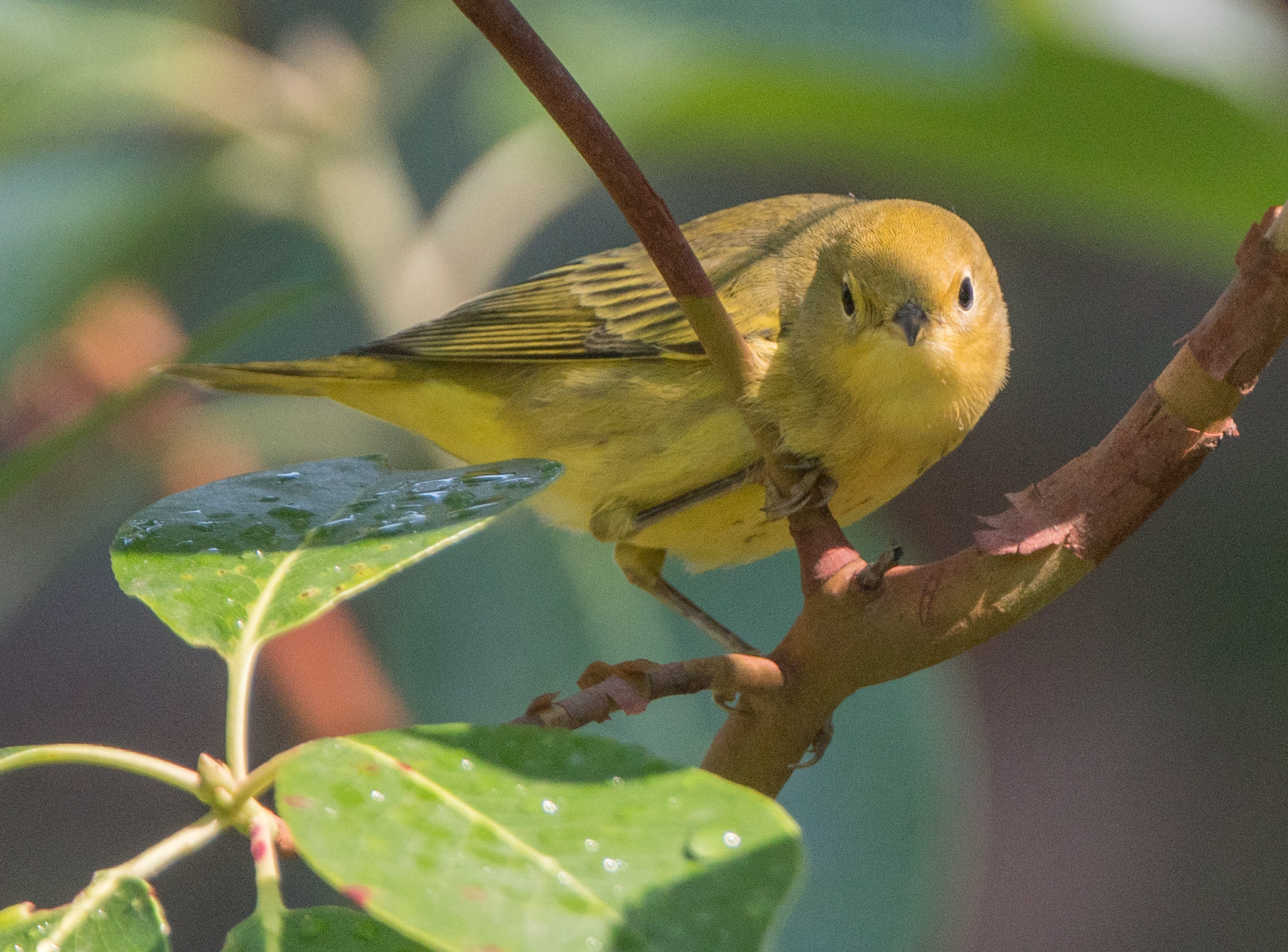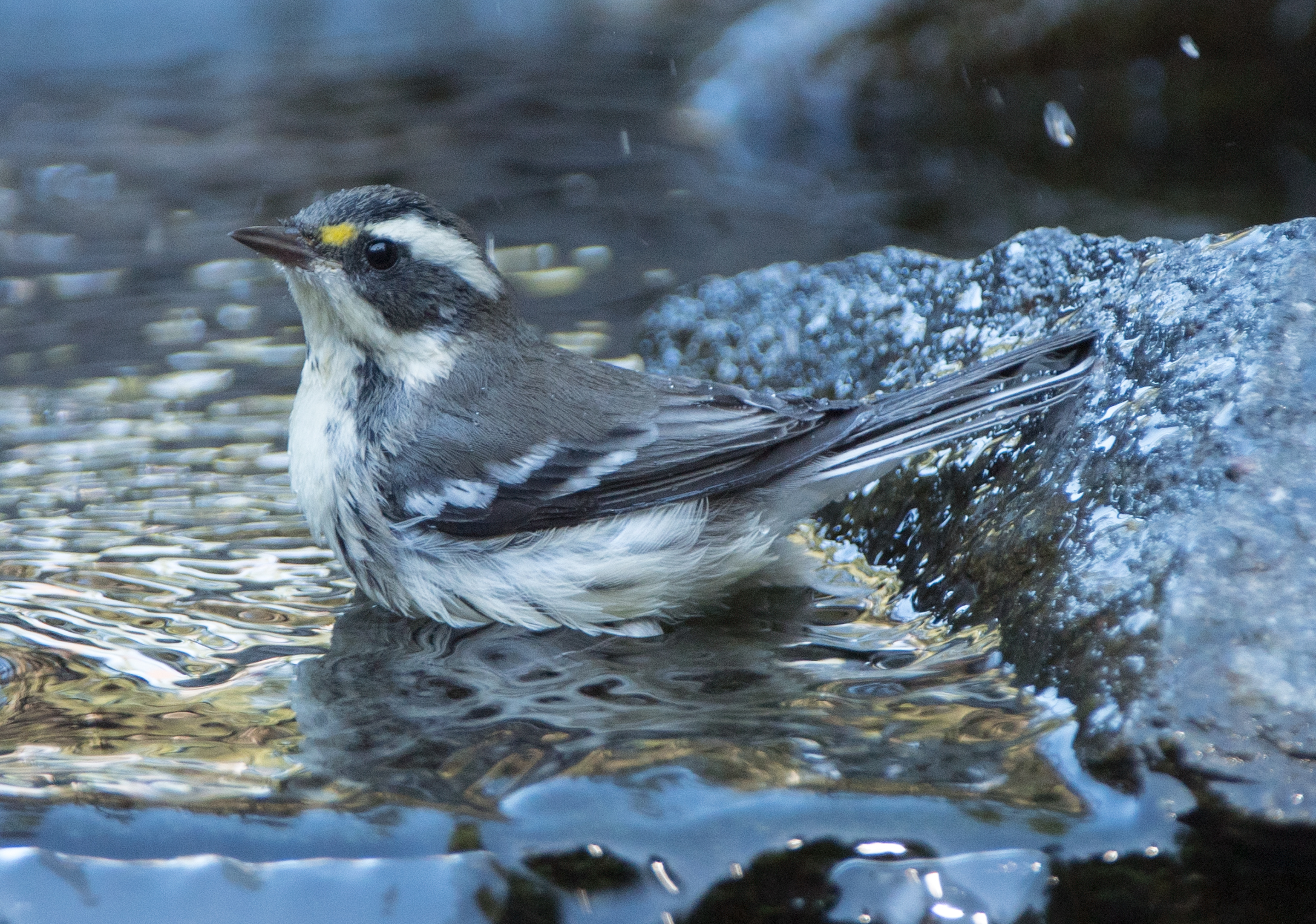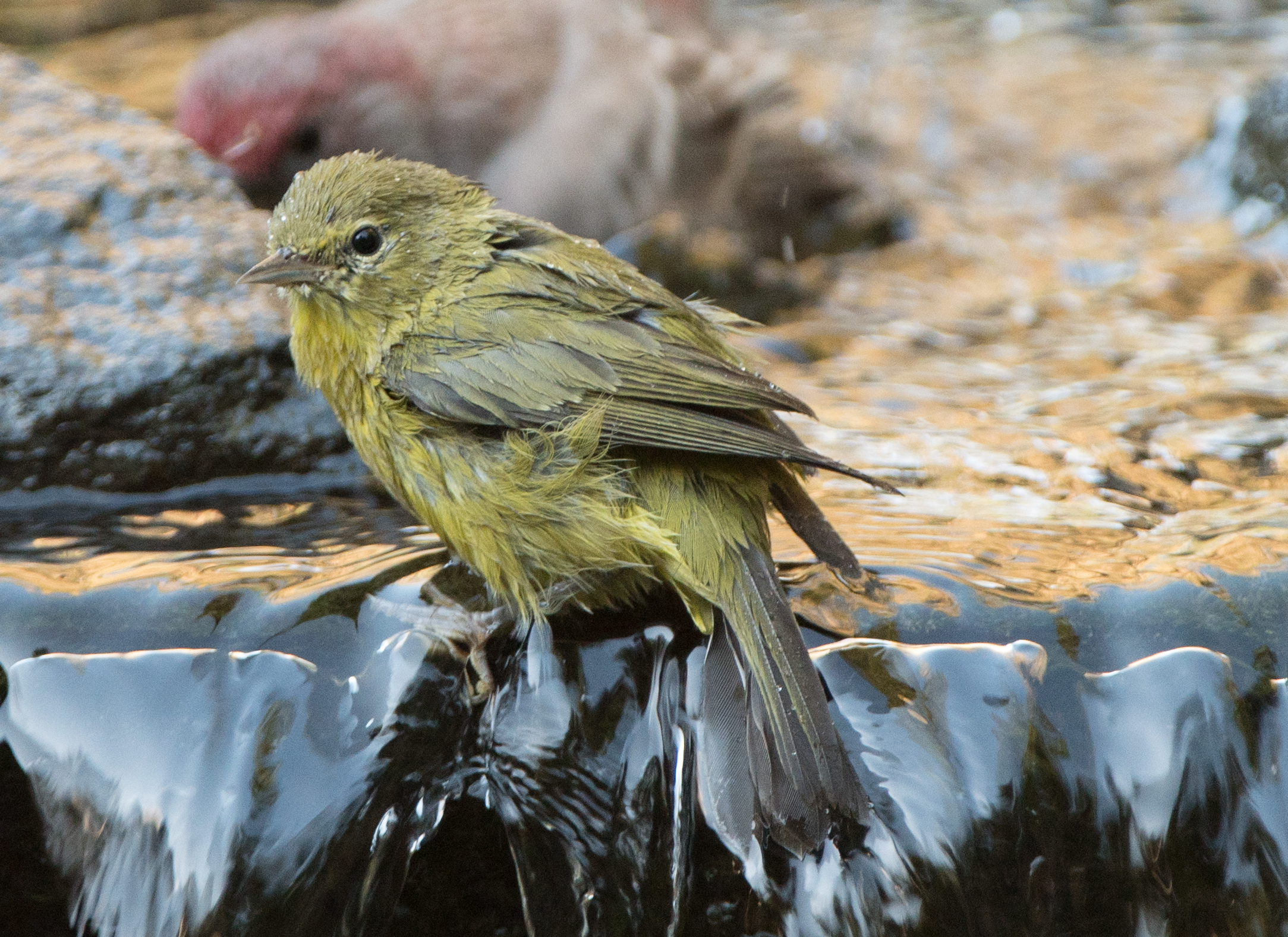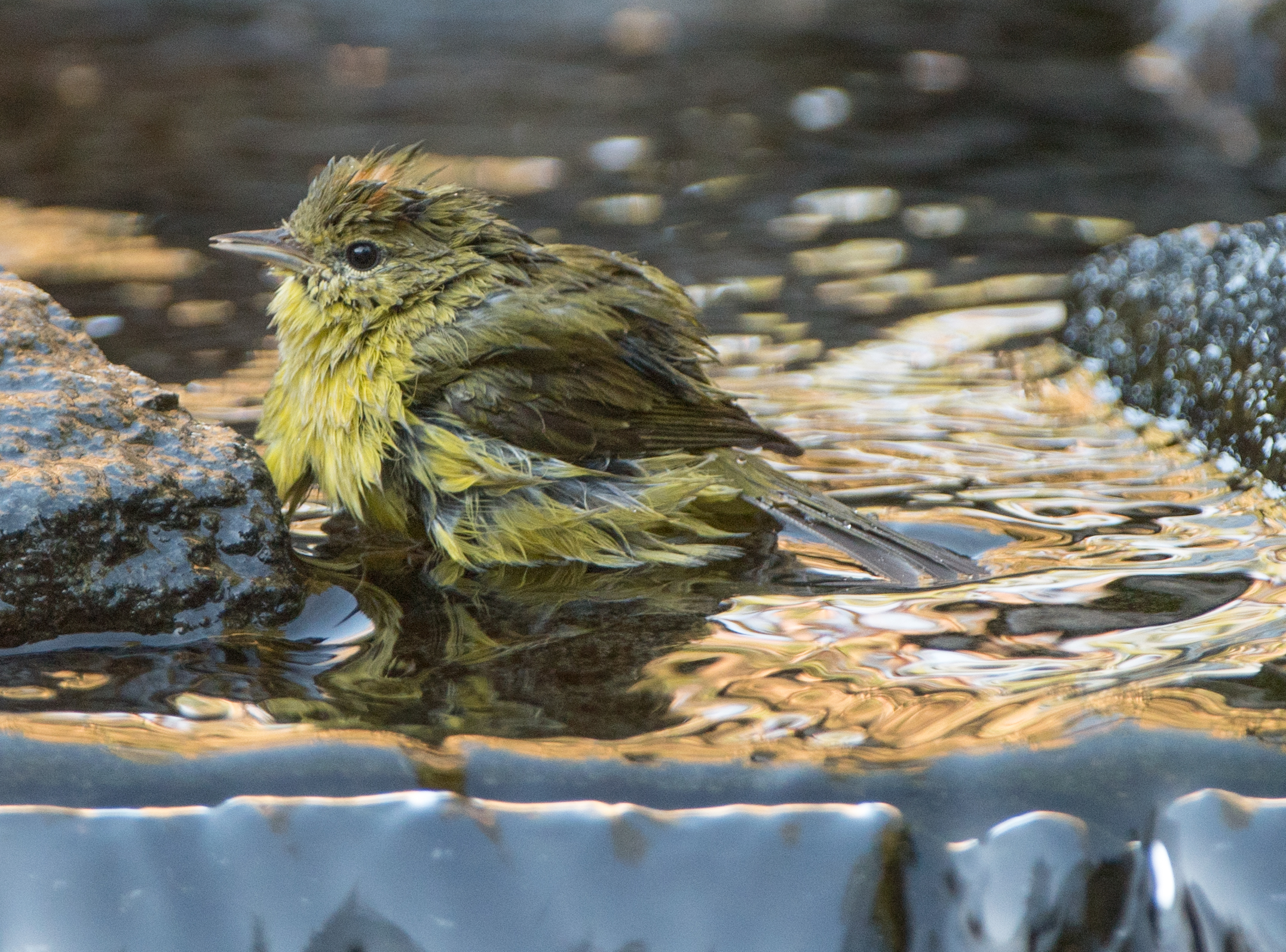I had an exciting day on September 11, 2018. I’ll start with the migrants…
An Orange-crowned warbler, some of which actually overwinter in the PacNW. I had two visits, and one of the visits consisted of two birds which were interacting. .
This is one of my favorite visitors, rare and always appreciated. This is a male Black-throated Gray warbler.
Not a great photo, but since this is only the third visit by a female Western tanager this season I’m posting it anyway. These birds are in the neighborhood but this season they just haven’t frequented the yard. This bird will soon be on its way south.
This Black-headed grosbeak will also be on the way south soon. While grosbeaks were fairly frequent visitors earlier in the spring/summer, this is the first one I’ve seen in the yard in over a month and it made what is a rare visit for its species to our watercourse where I was able to take numerous photos.
This is a female Bushtit, as evidenced by the yellow of the bird’s iris. Bushtits are now combining families into larger groups and will be here year-round.
This is a juvenile Spotted towhee, which wins my award for looking least like the adult it will eventually become. I noticed that this one is beginning to develop spots on its wing (hence its name) and in processing the photo I noticed that the area under the bird’s wing is developing into the adult’s reddish plumage. Another indication of a juvenile bird is the yellow area at the corner of the bird’s mouth, common in many species.
Most of our American goldfinches will also be headed south soon, although some do stay the winter. This is a juvenile male changing to its adult plumage. The bird’s body plumage is that of a juvenile whereas its upper body is revealing its sex. (Note the dark patch on the bird’s crown.)
This Townsend’s chipmunk is usually content to scrounge the yard searching for bird seed, but I noticed this one having a supplement… eating Snowberries.

